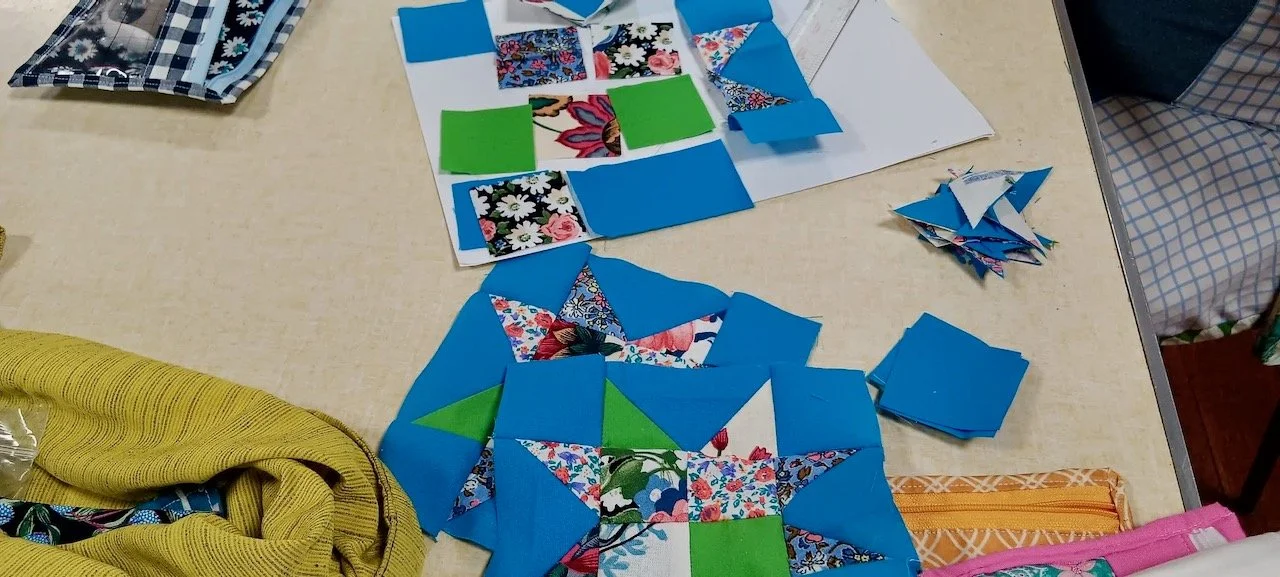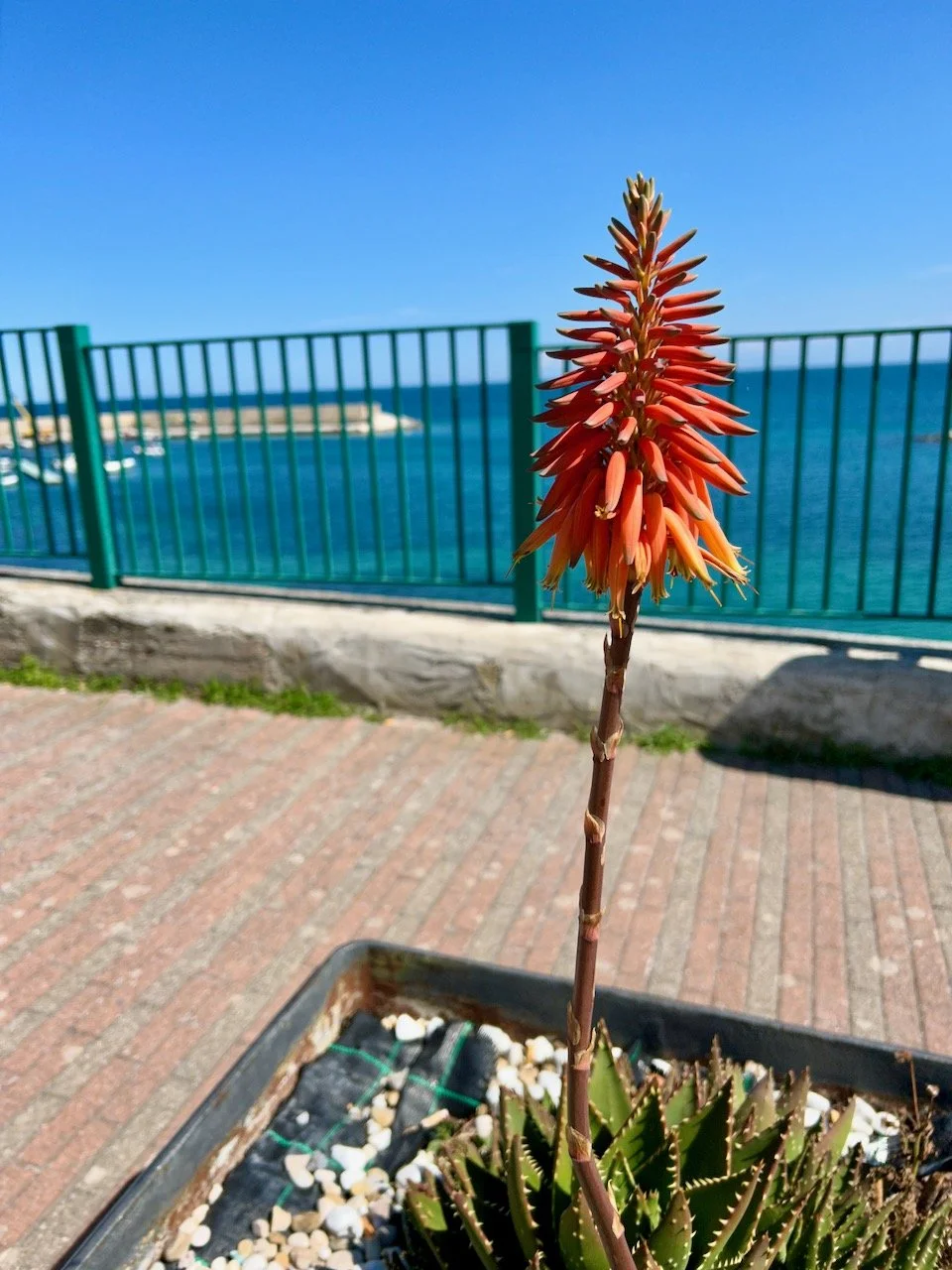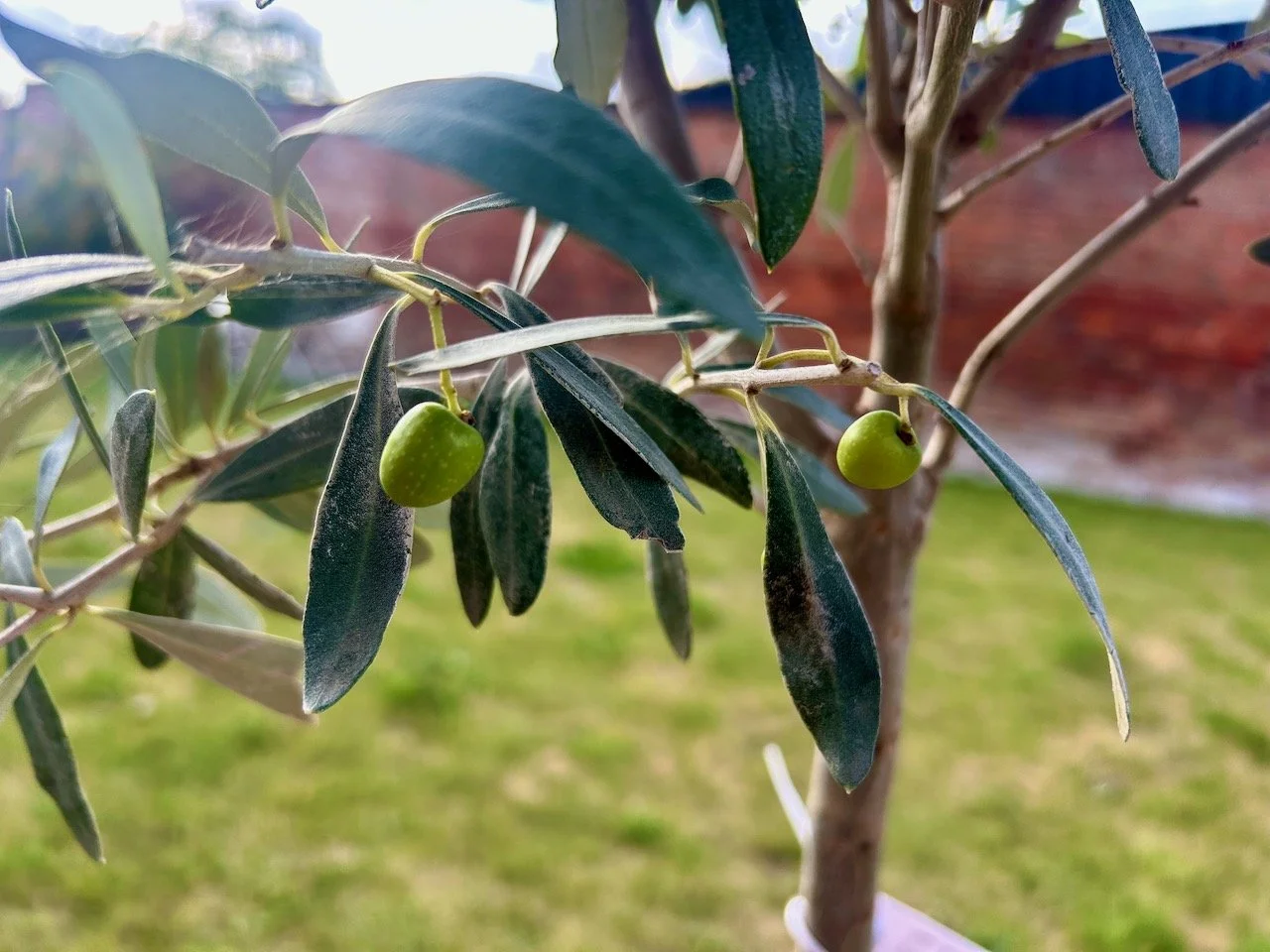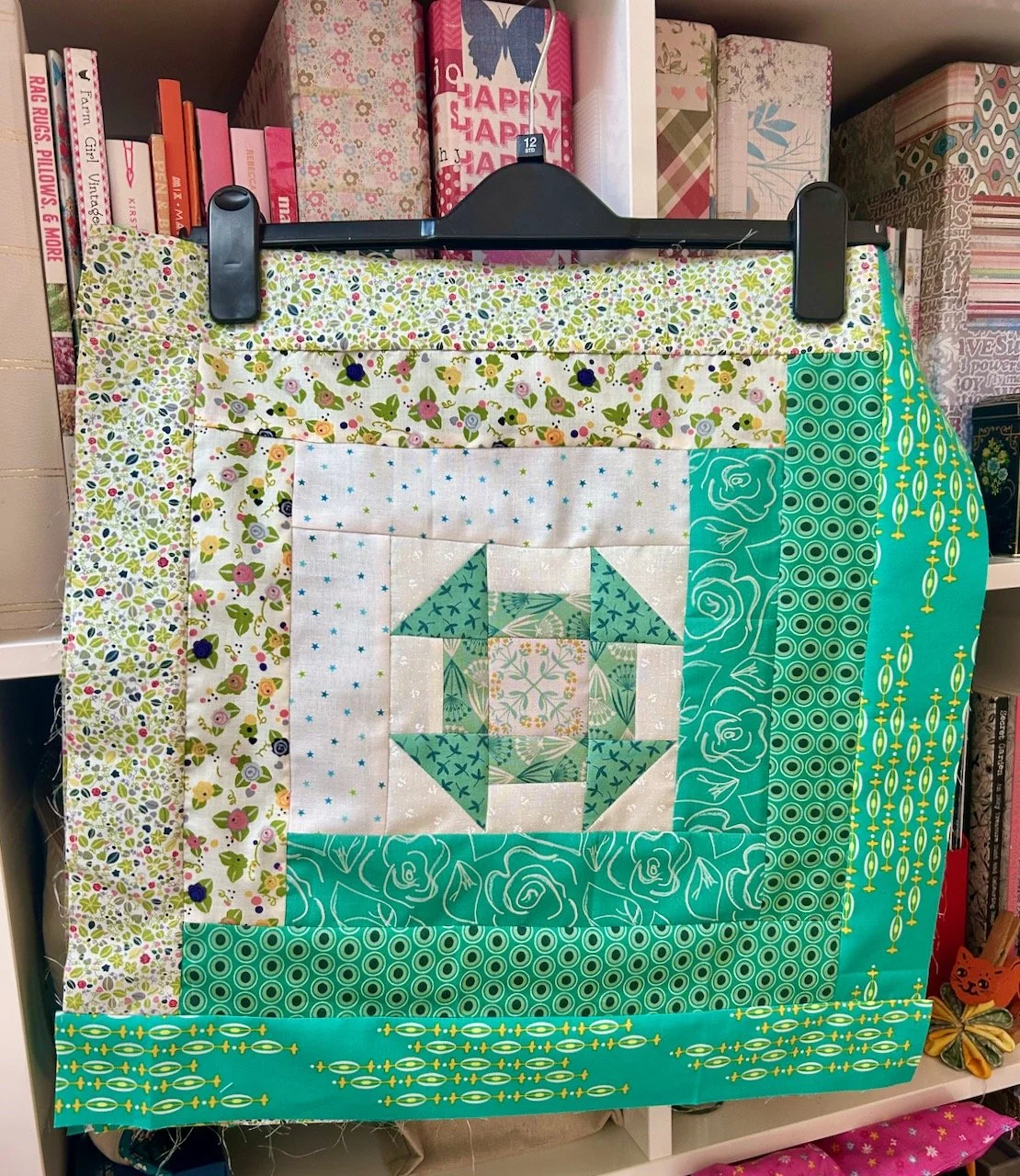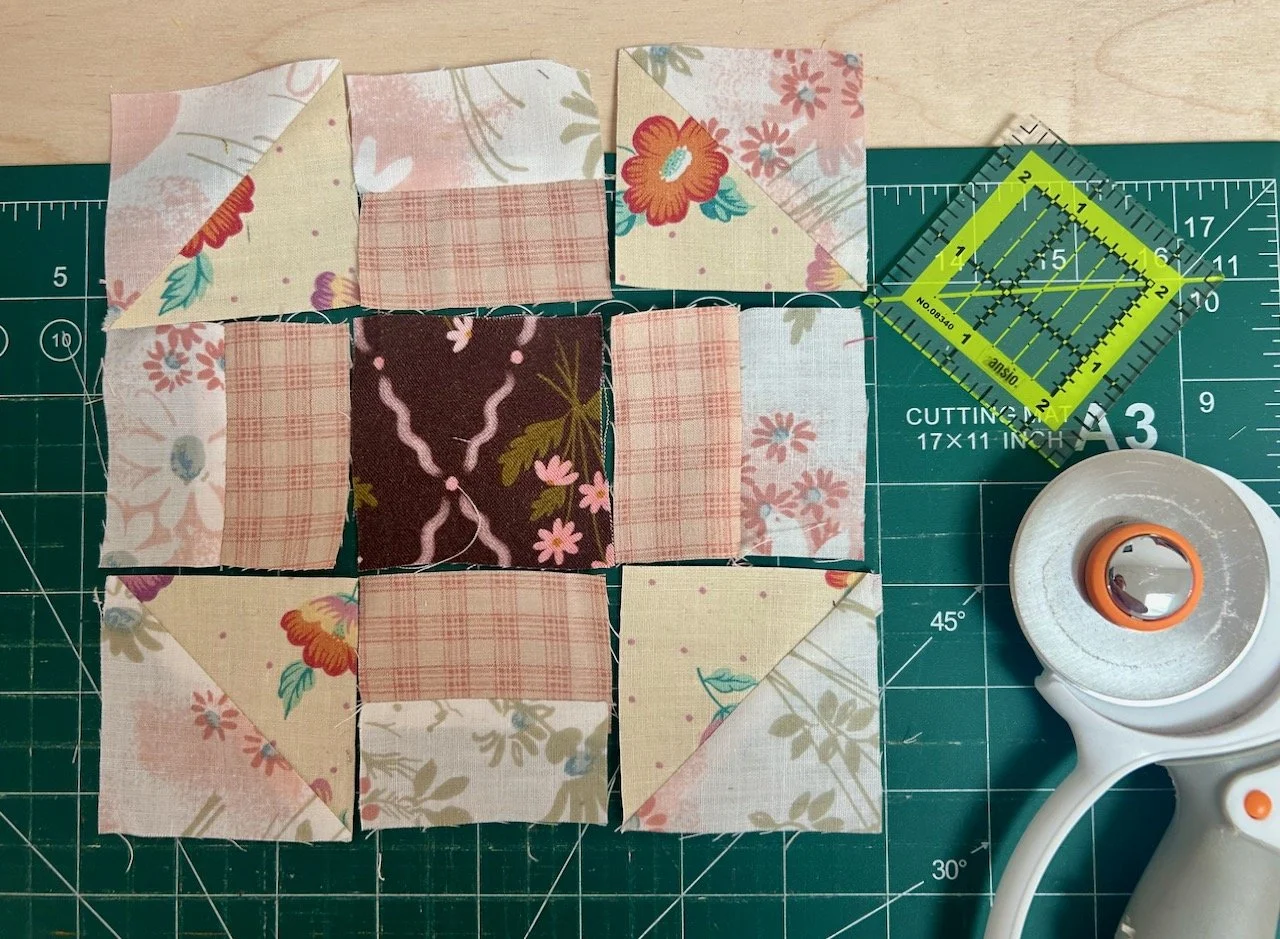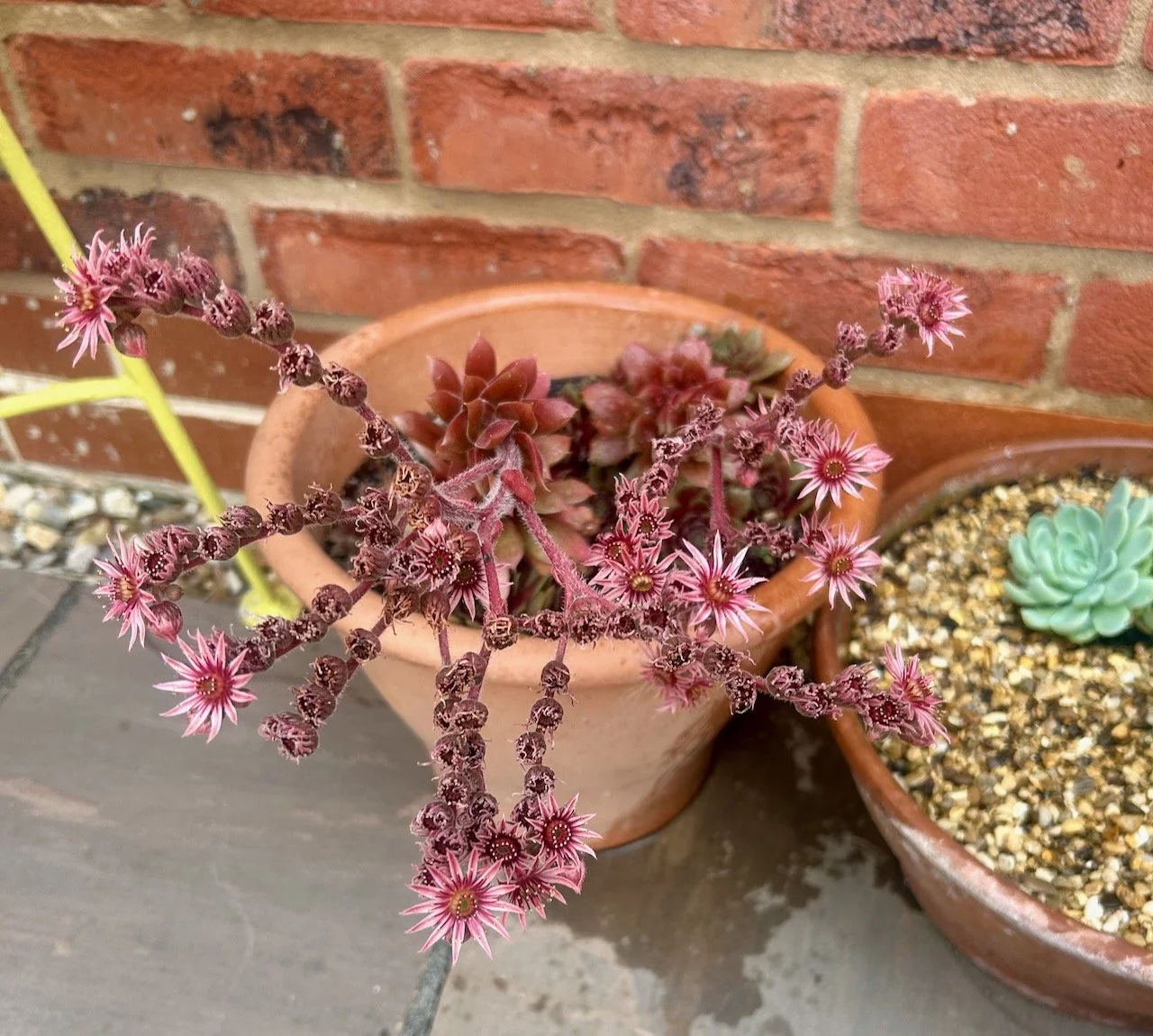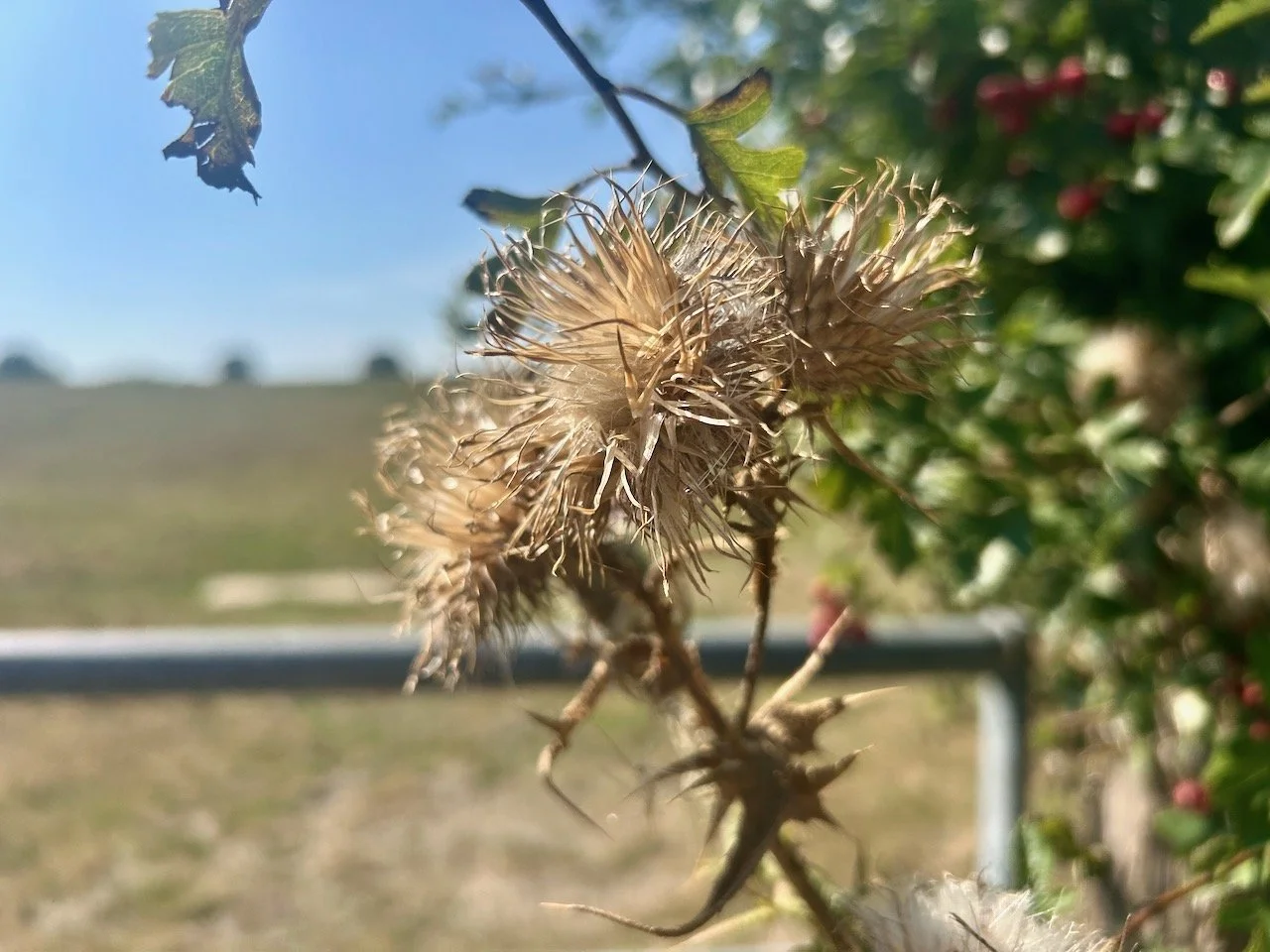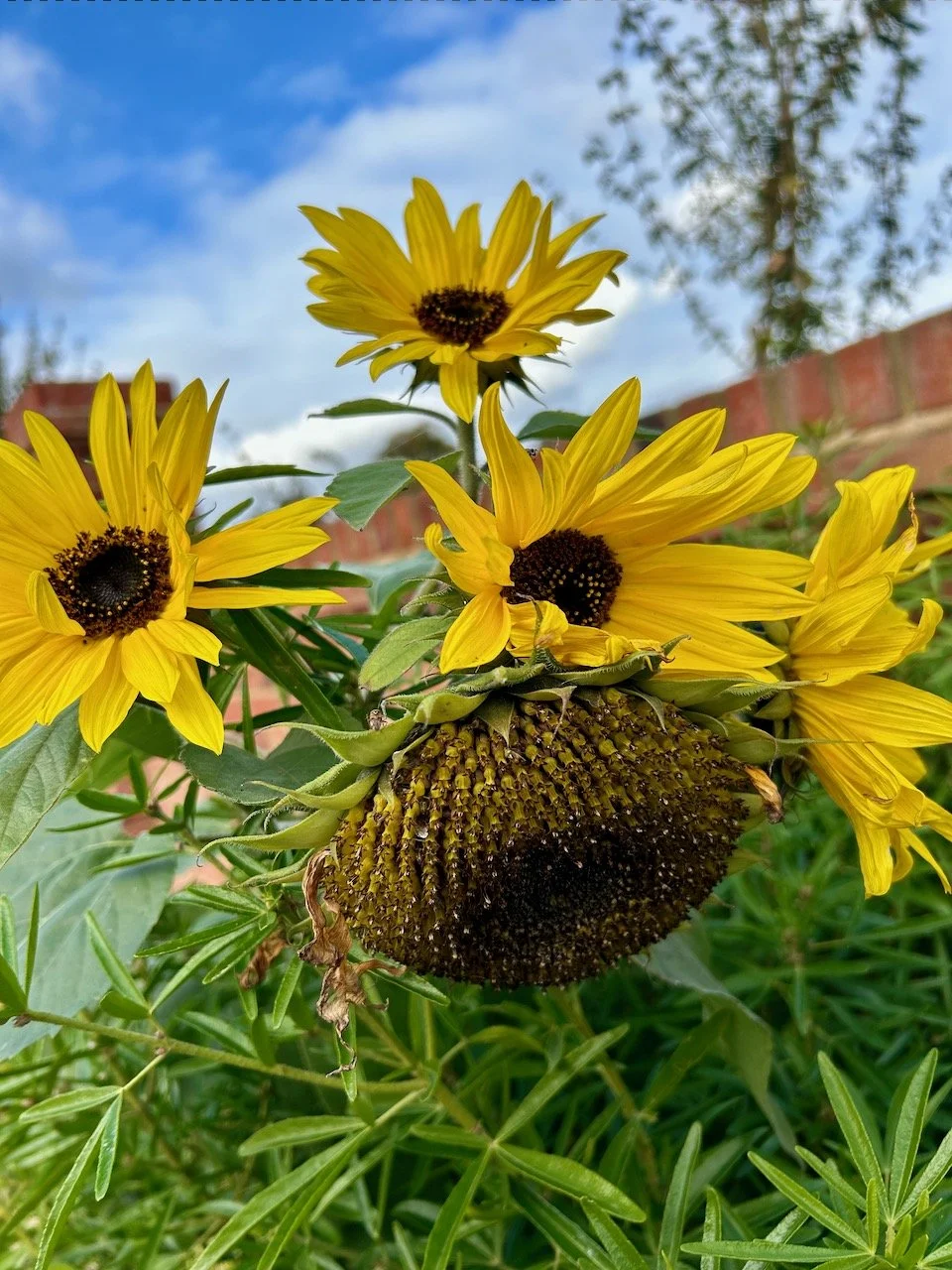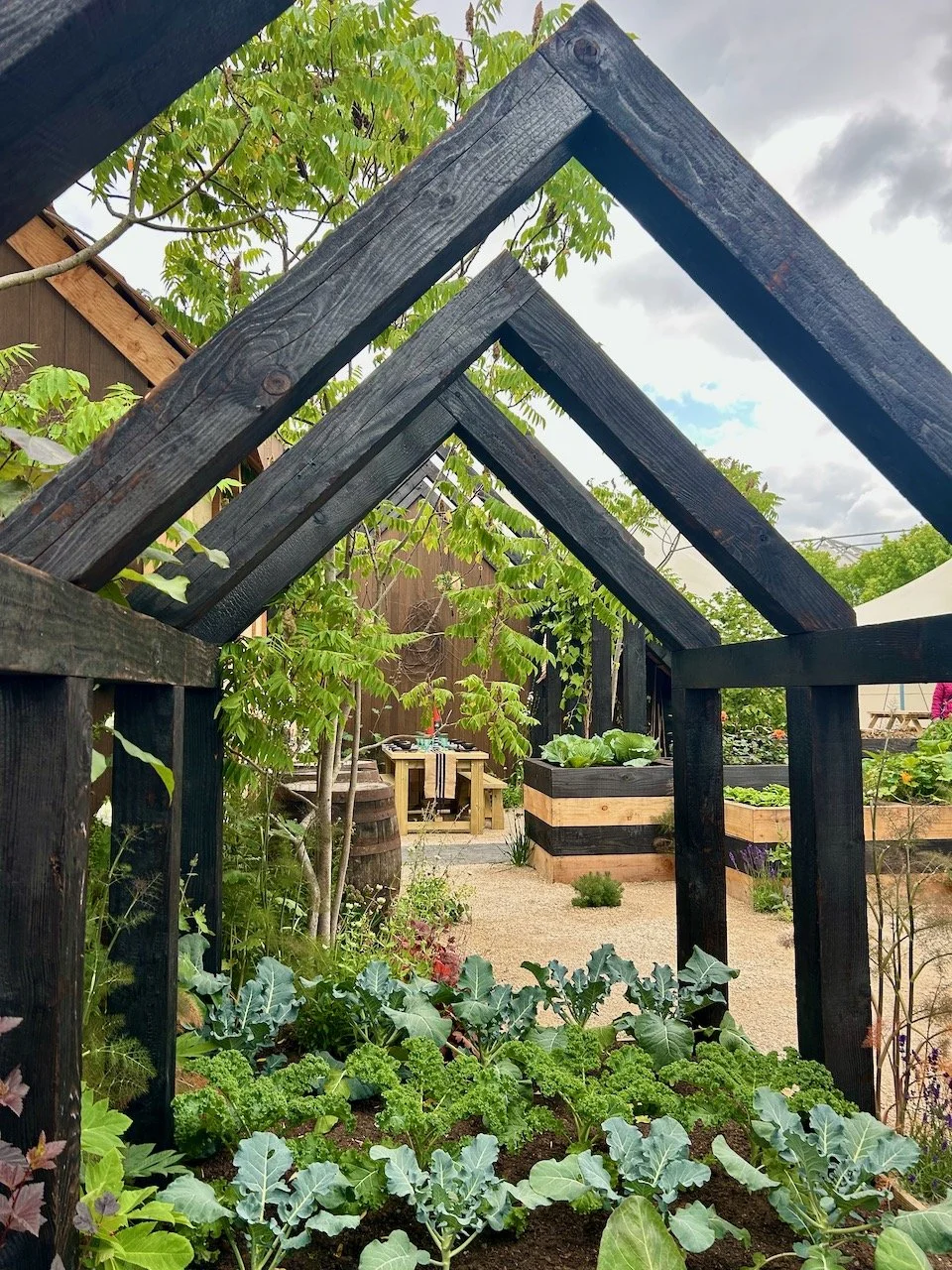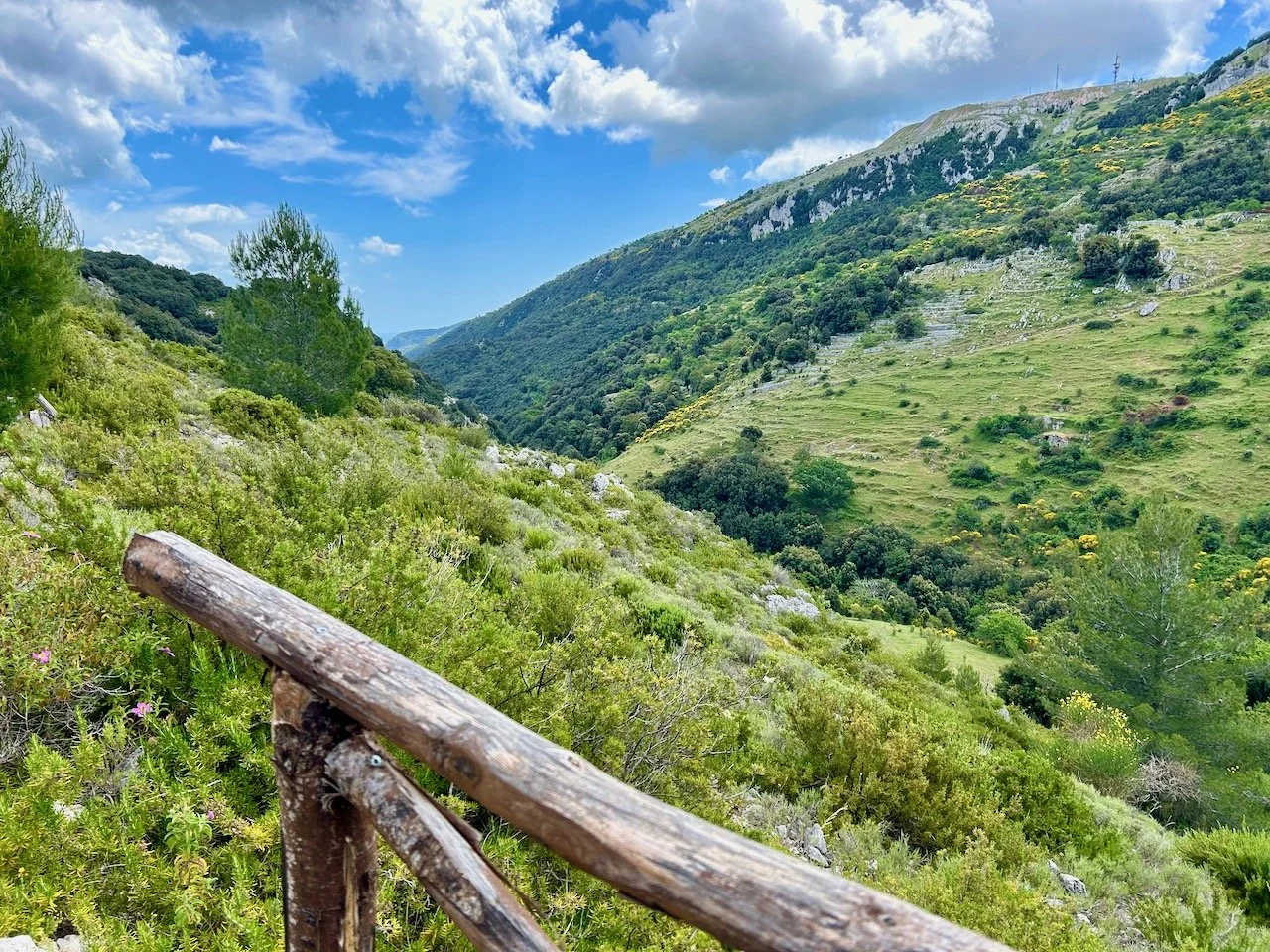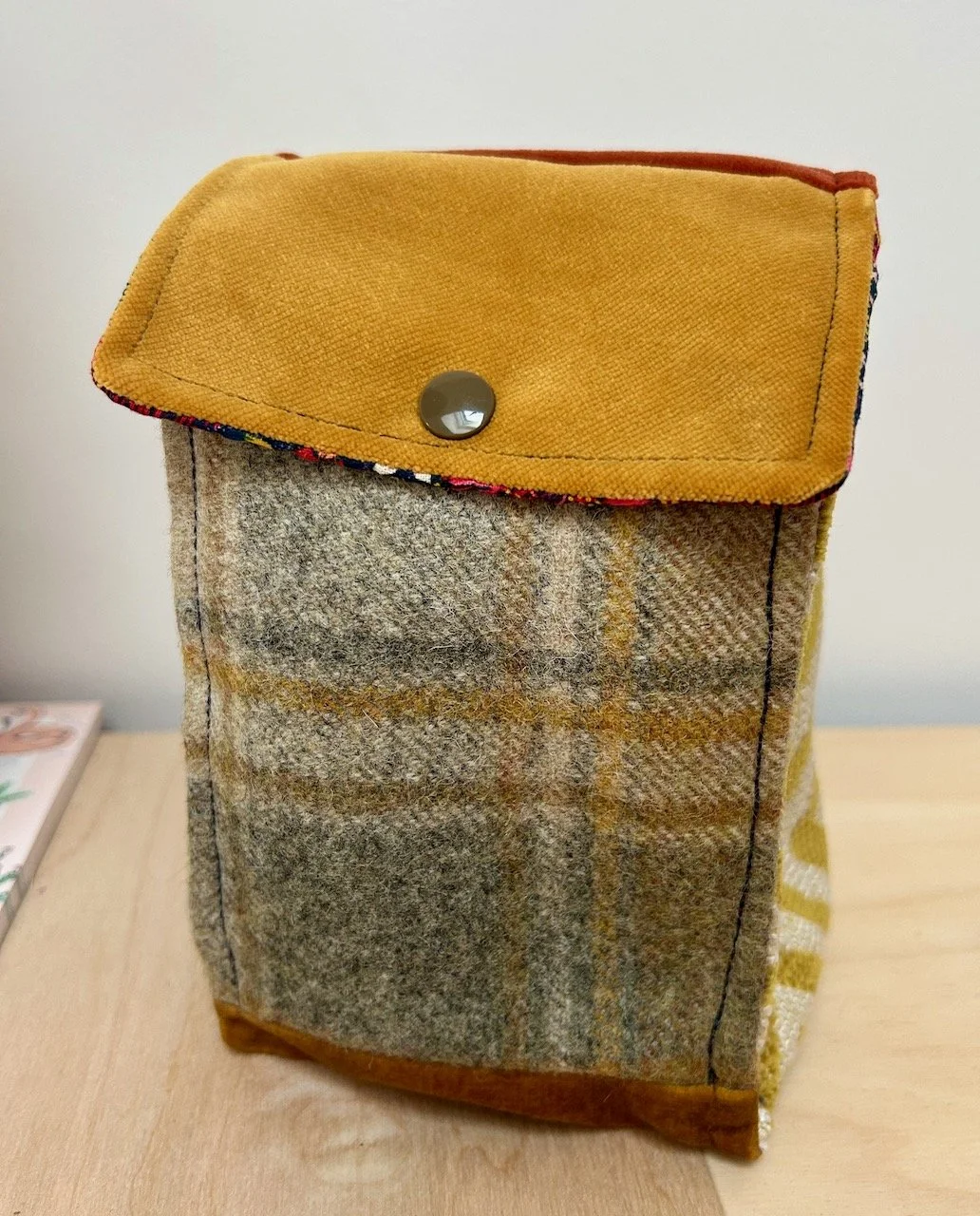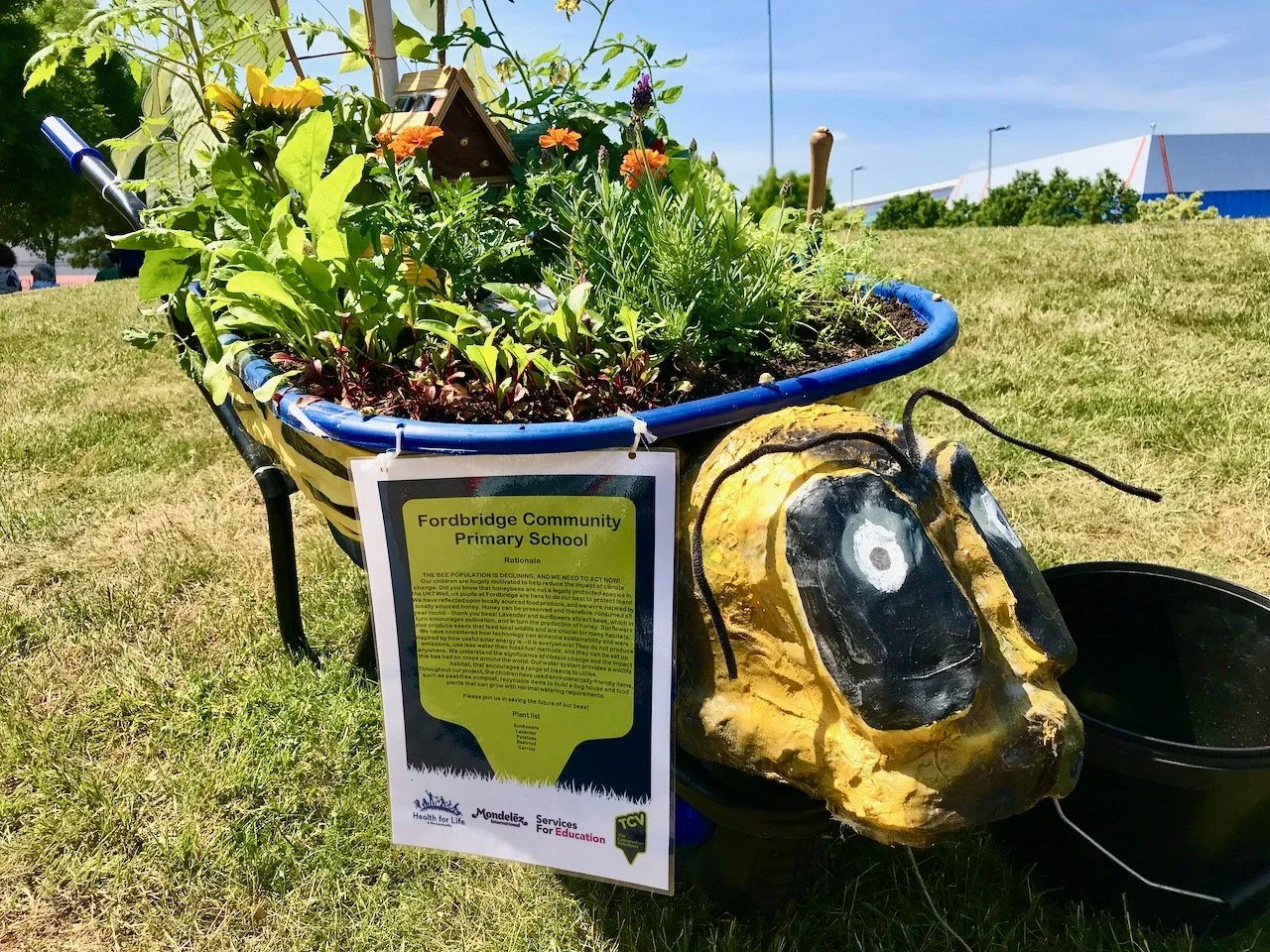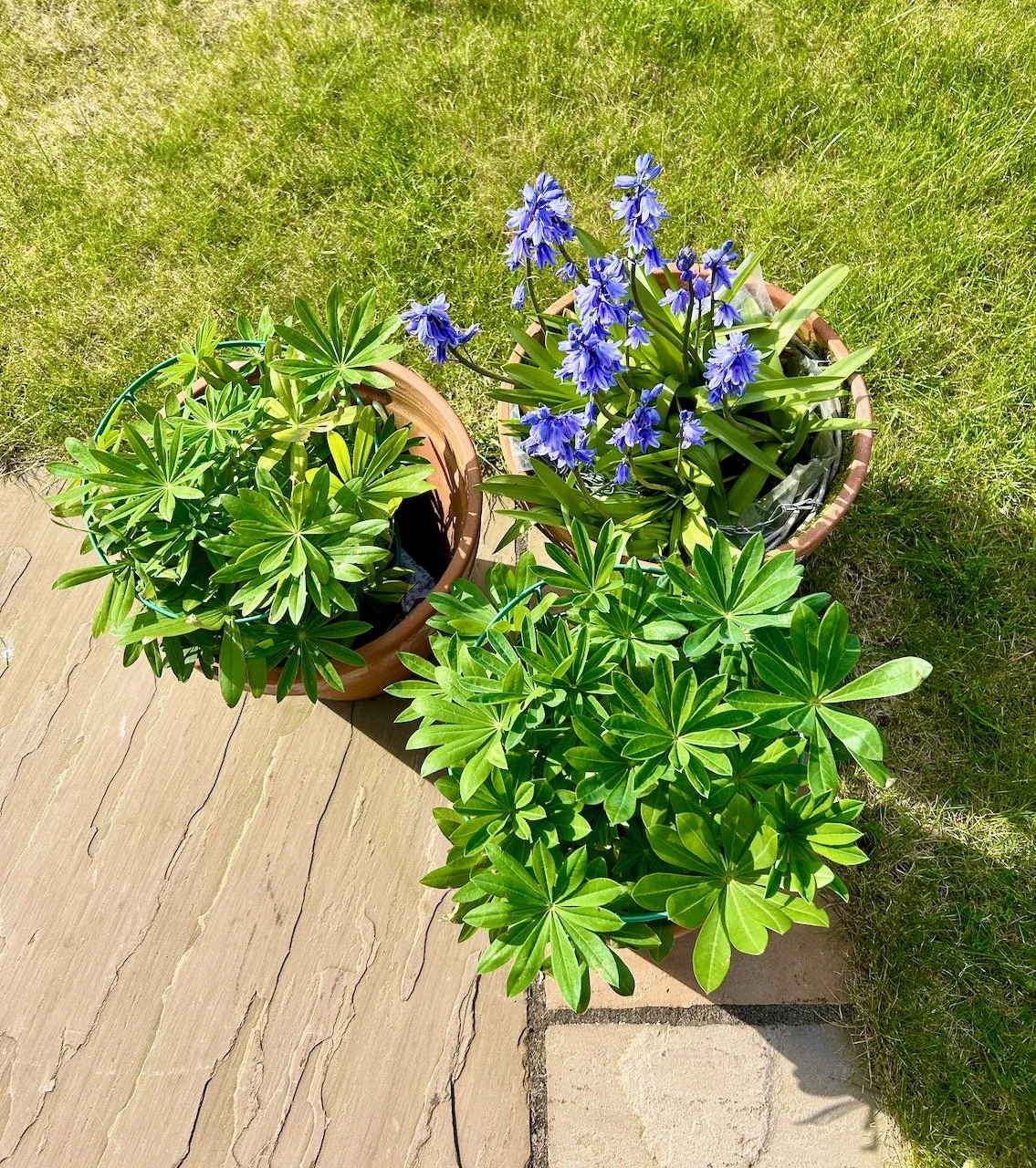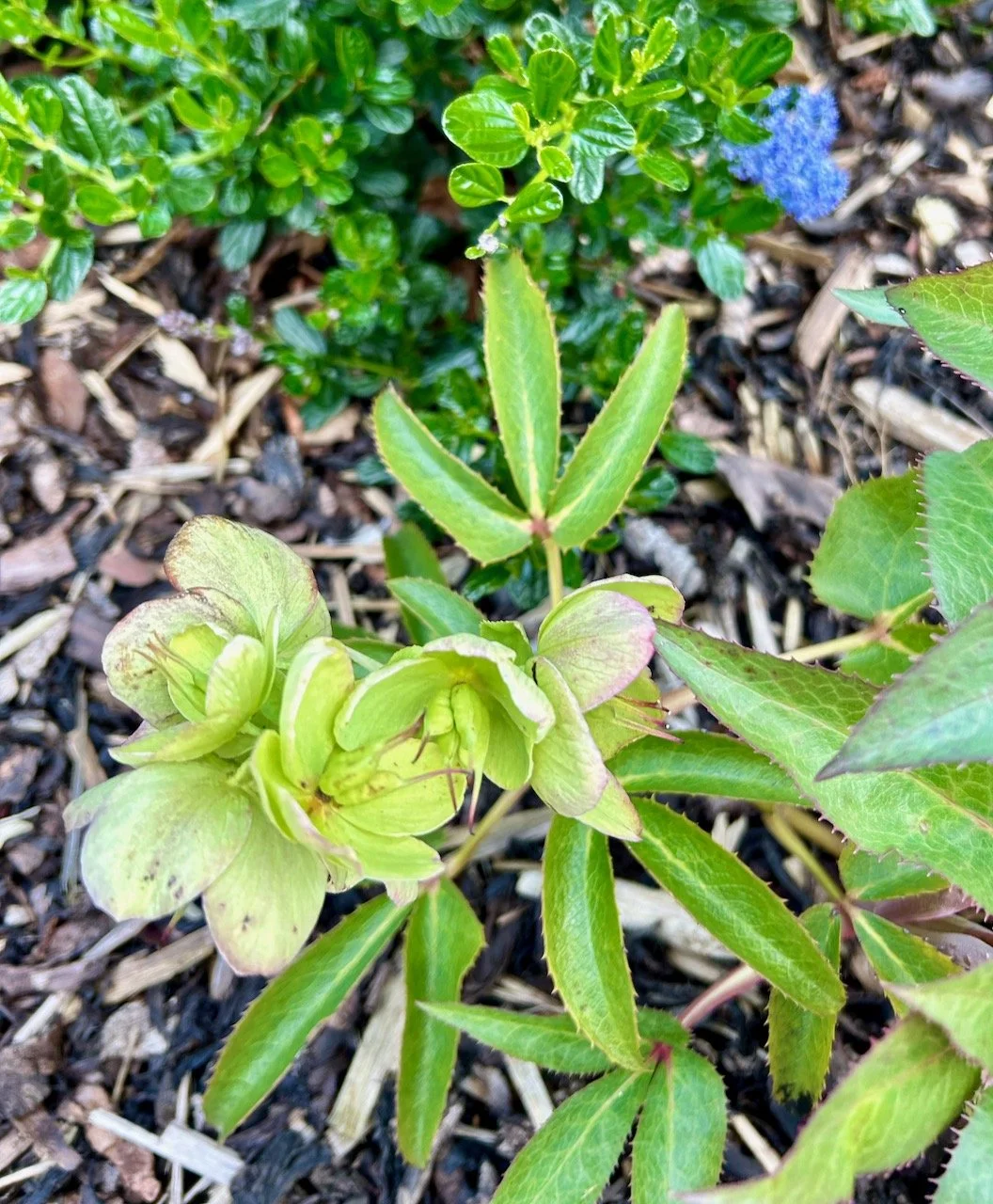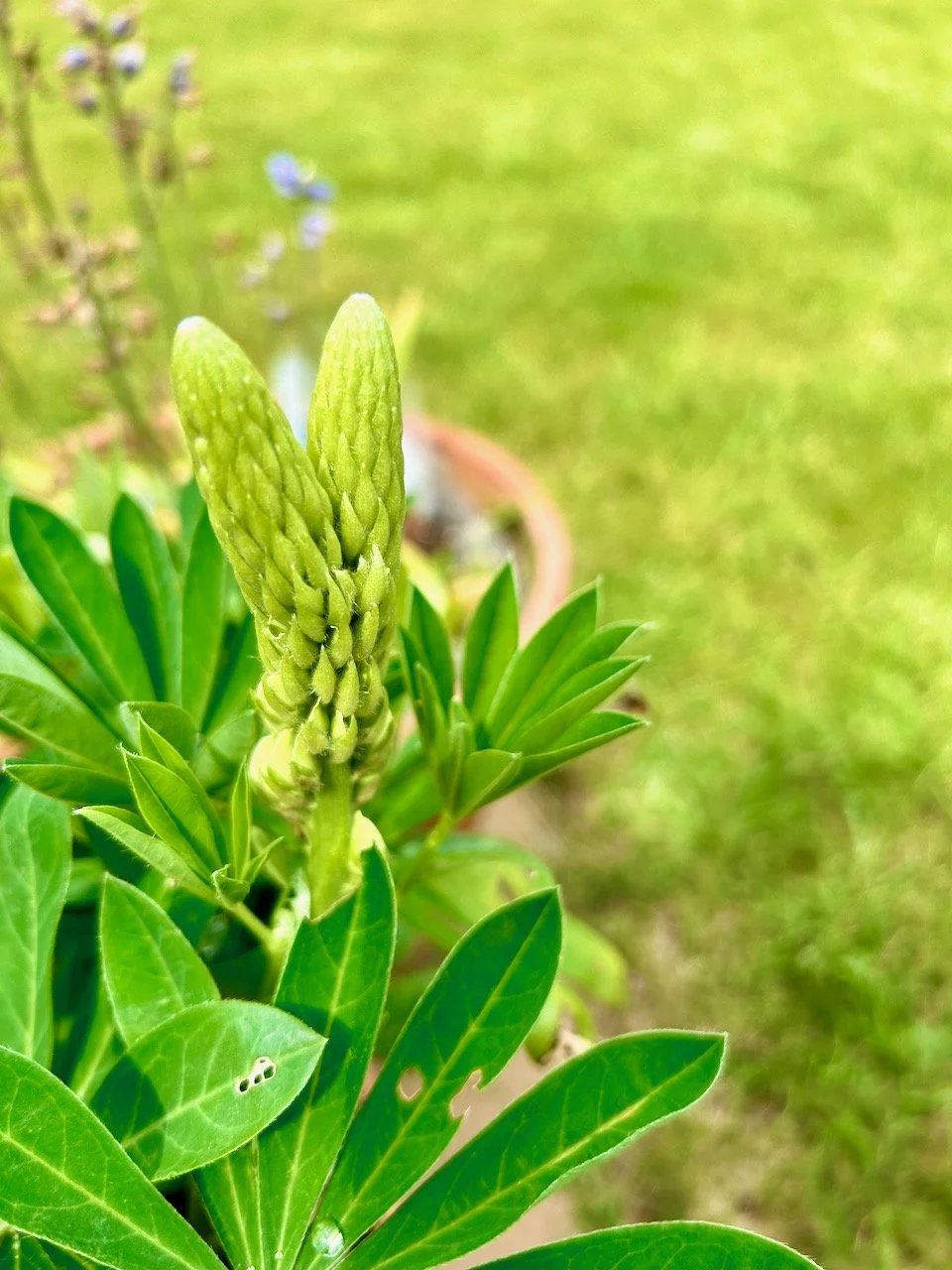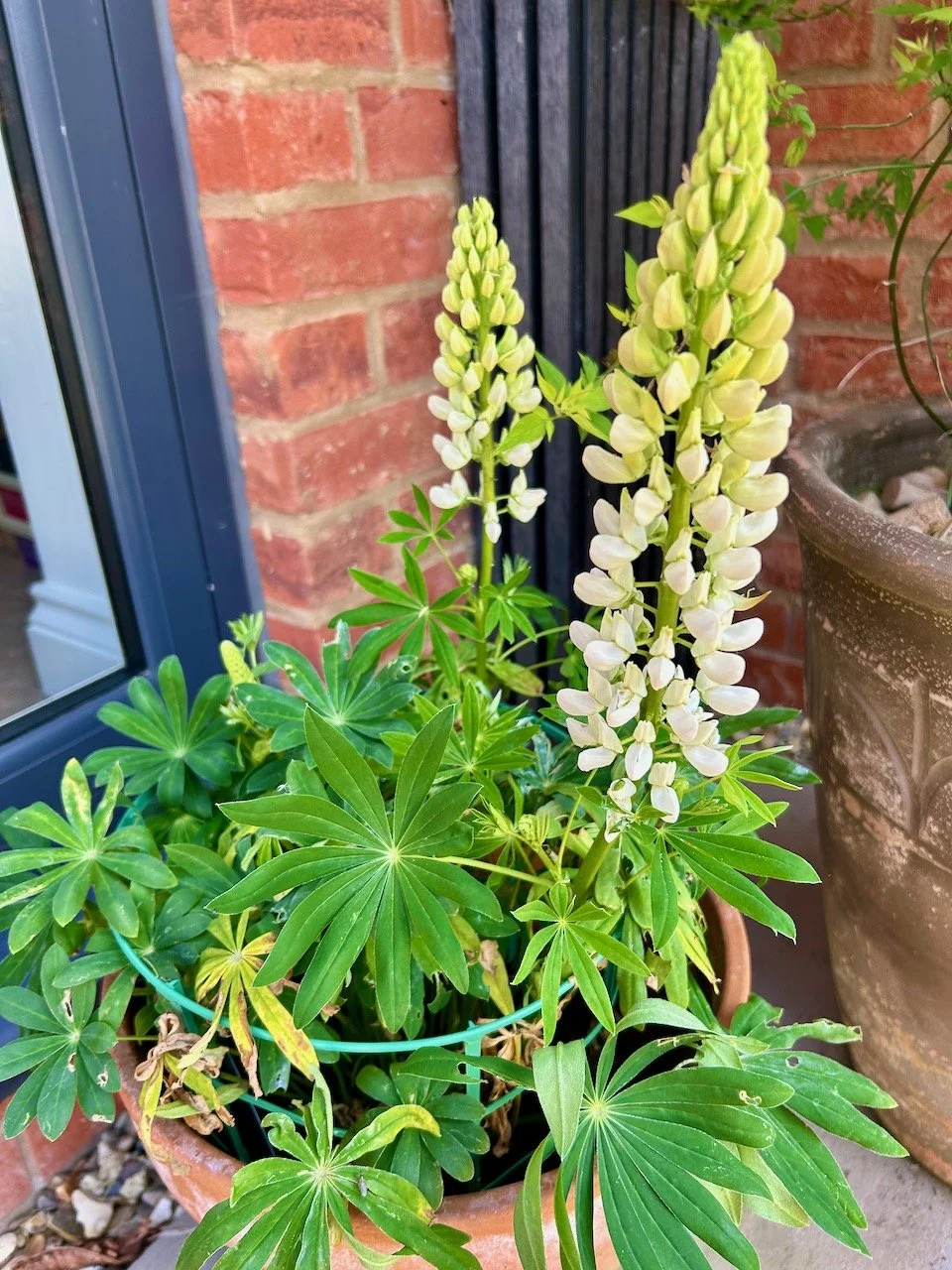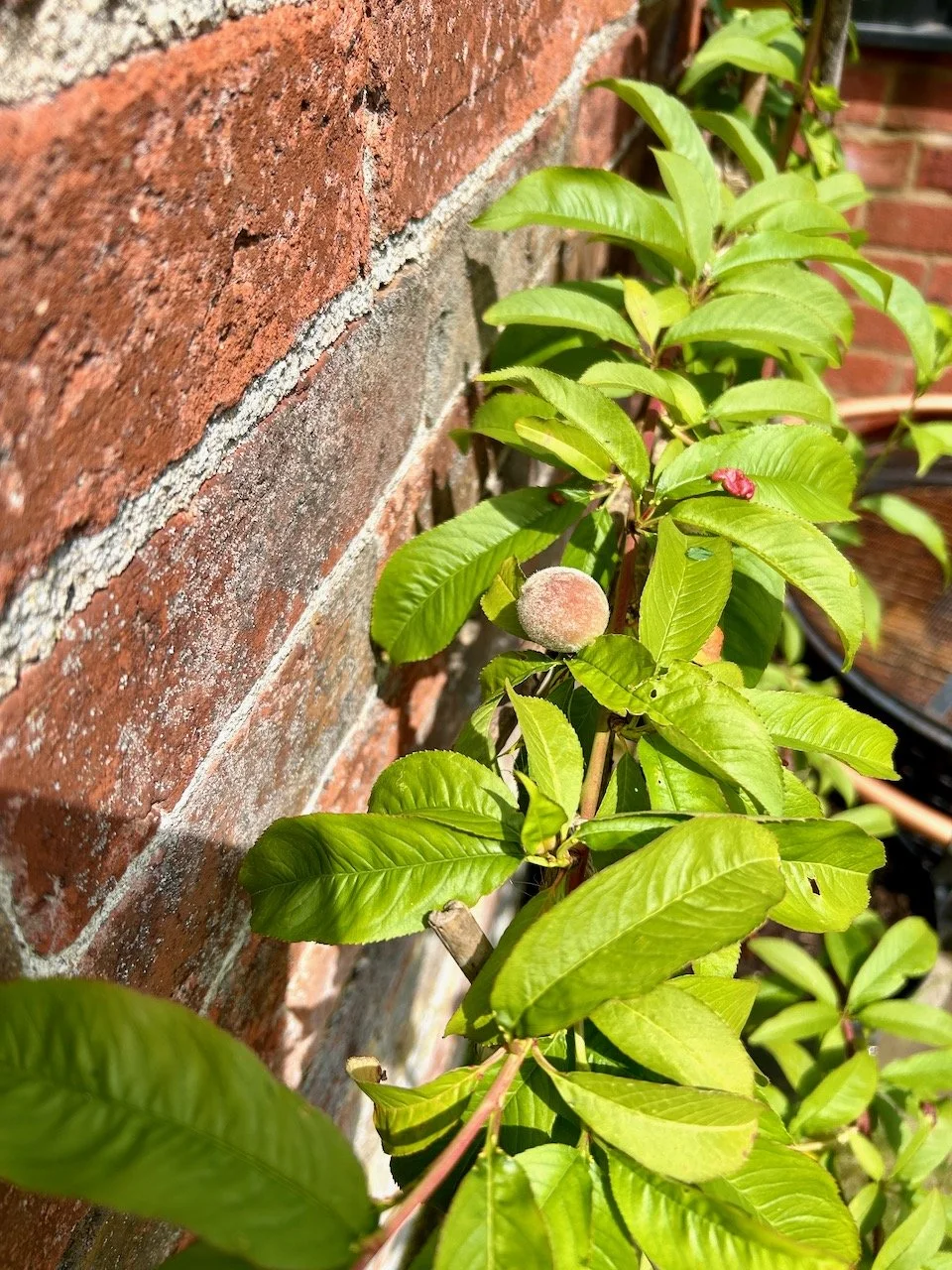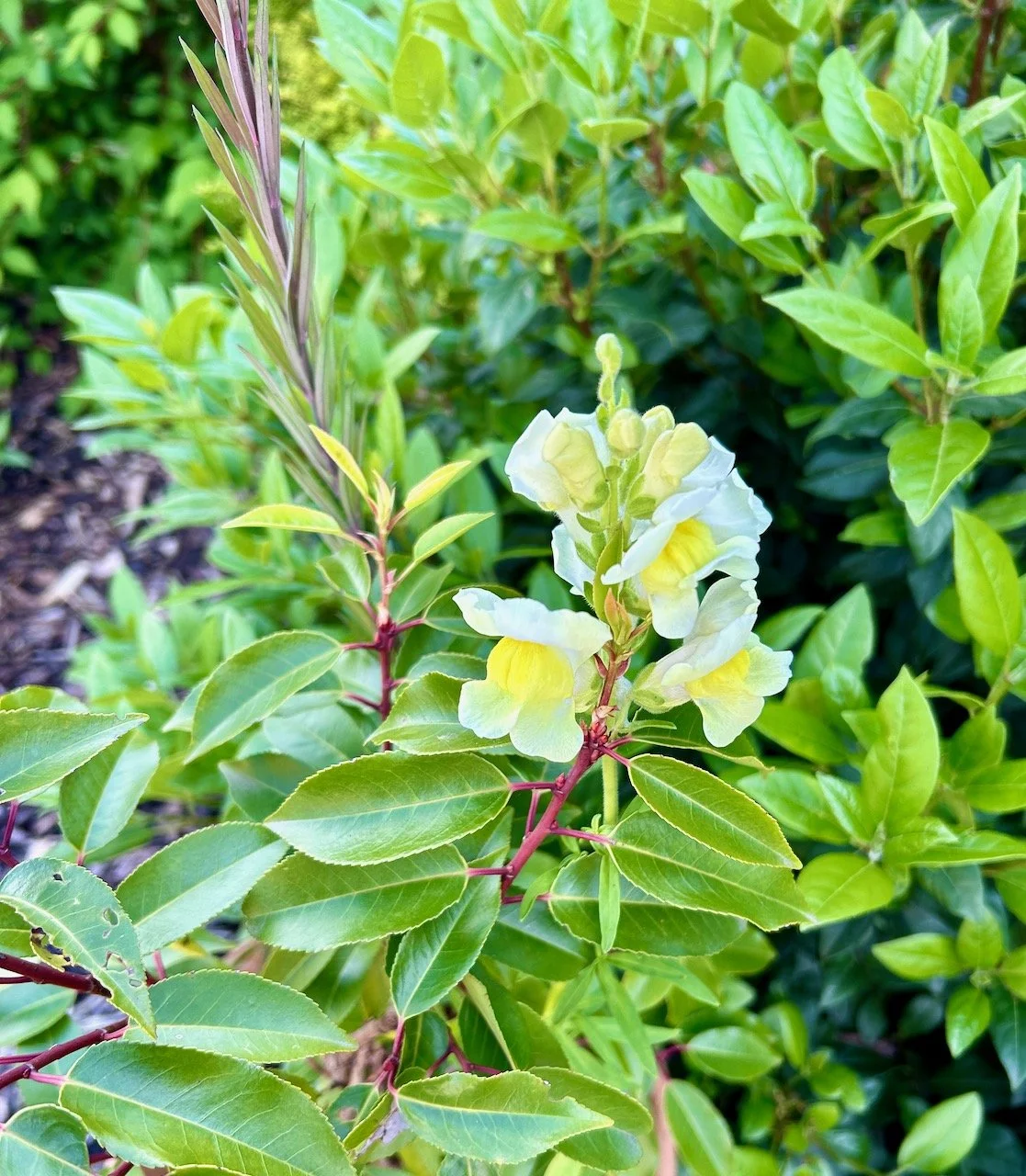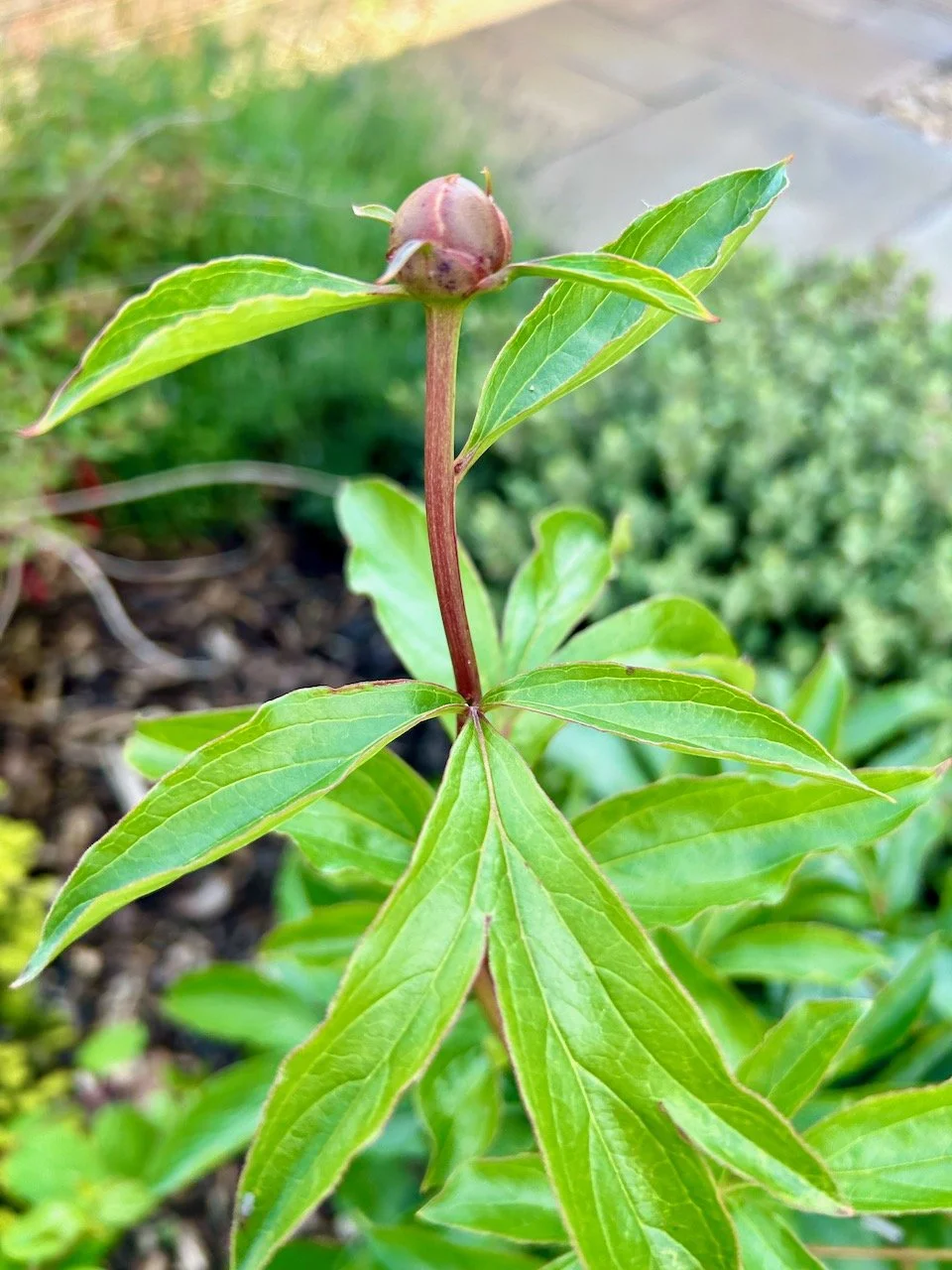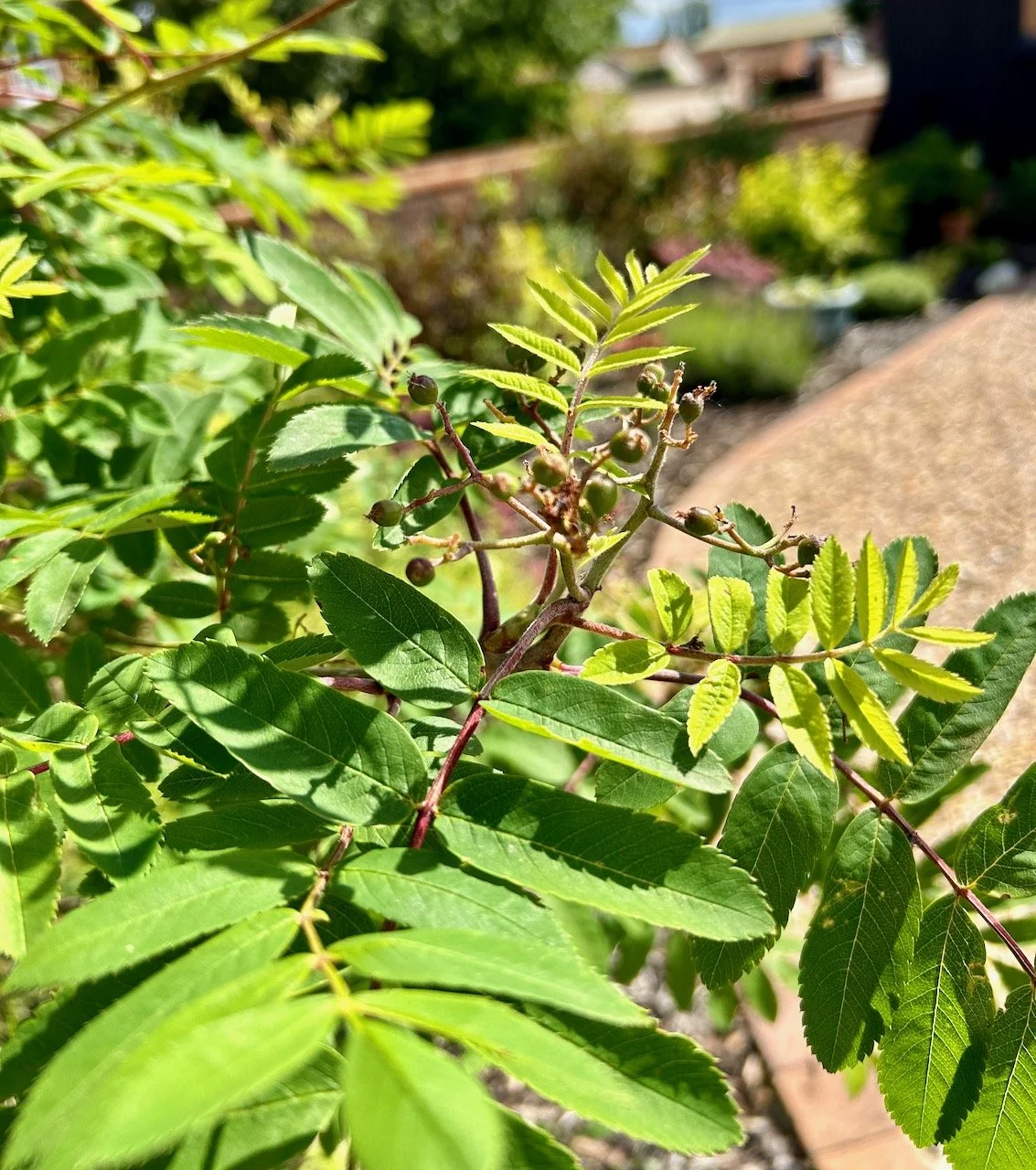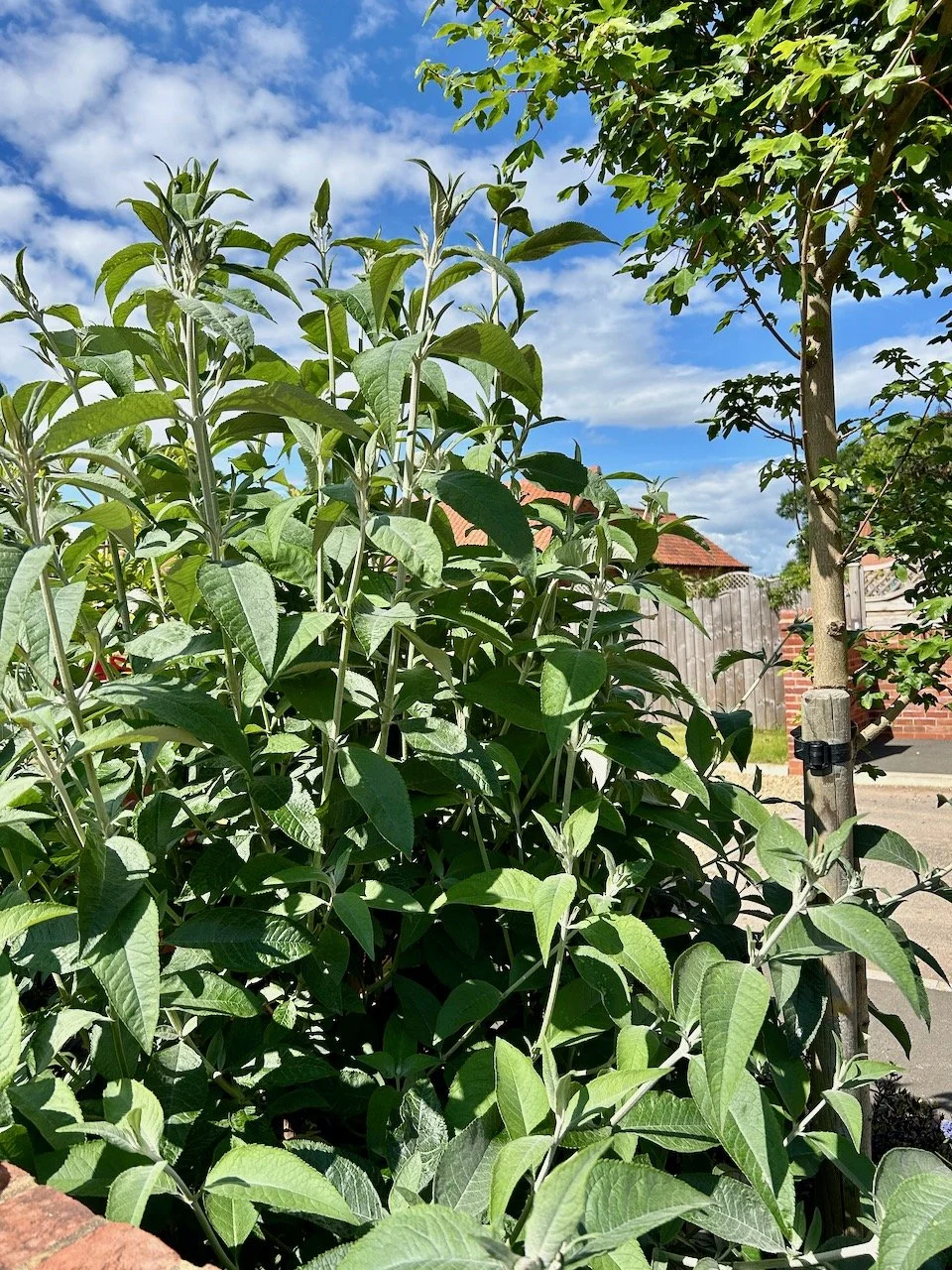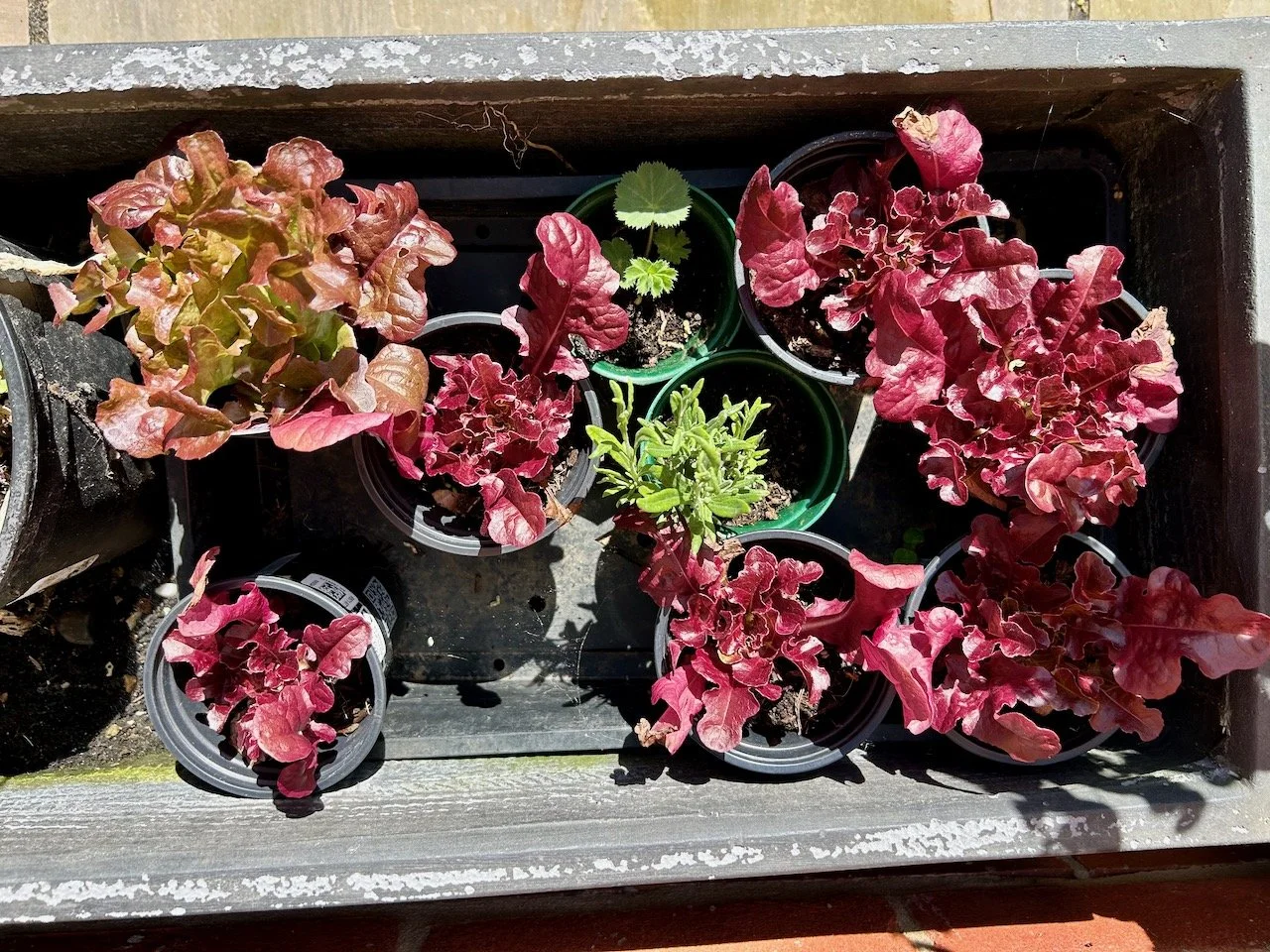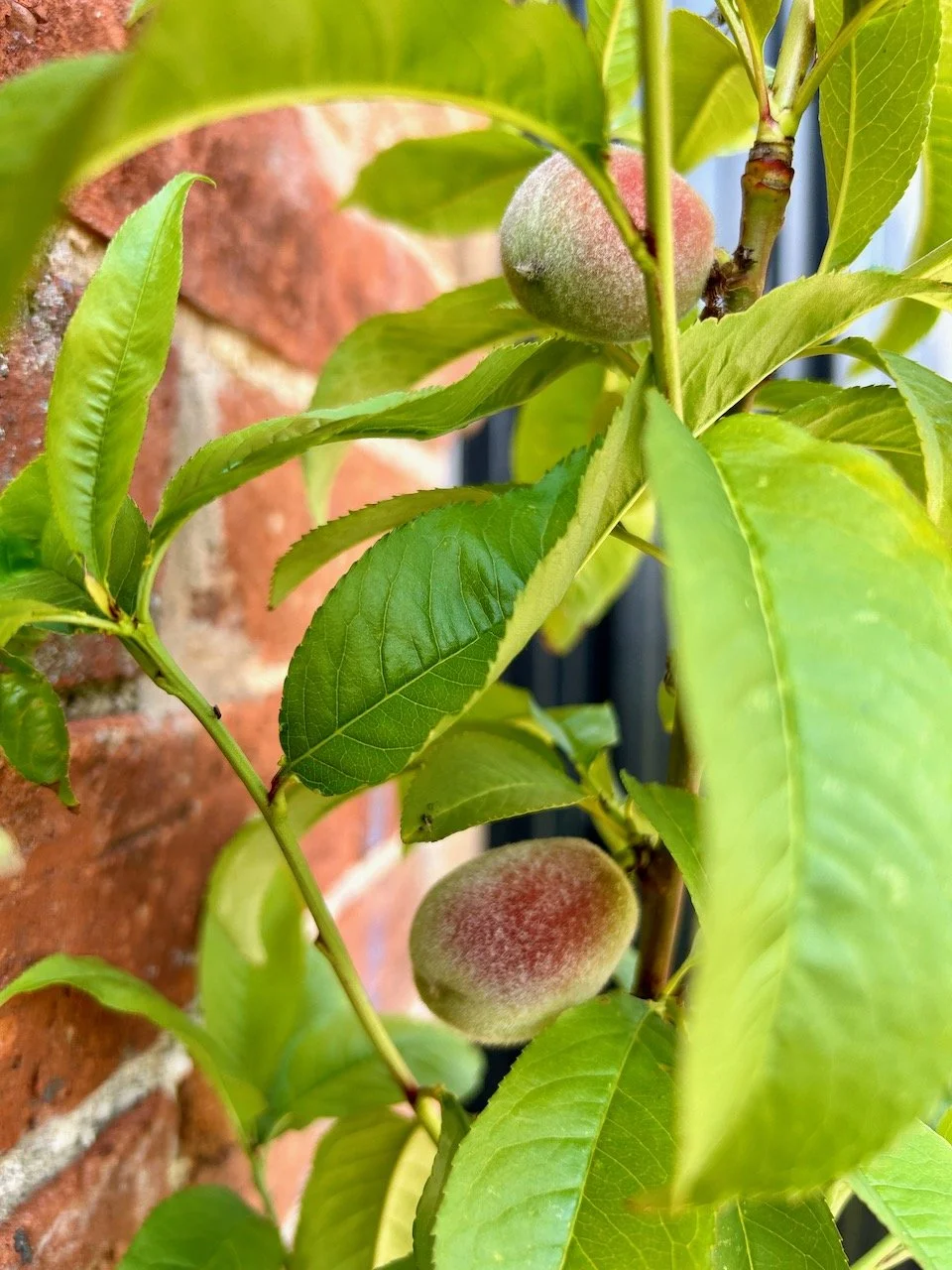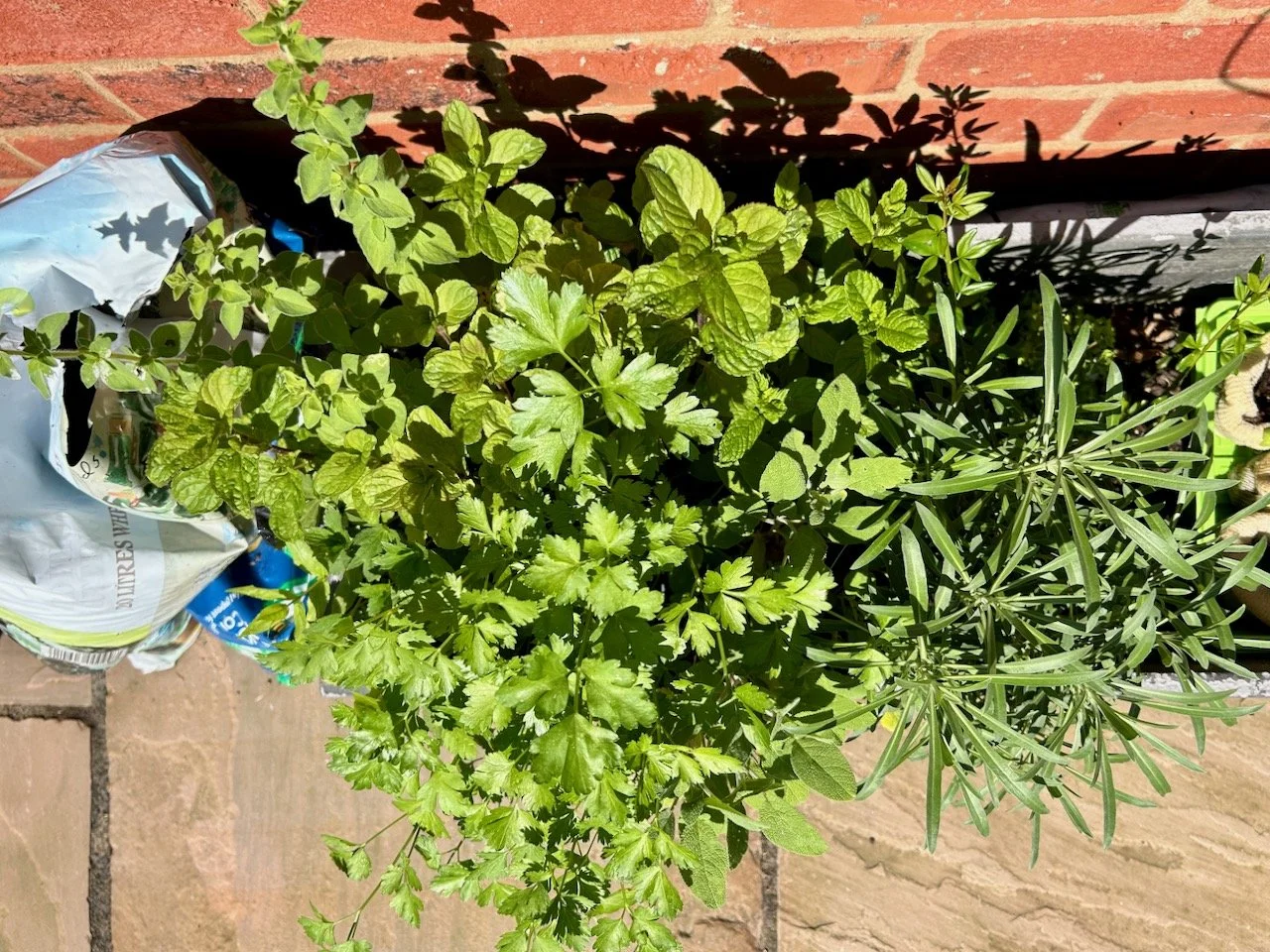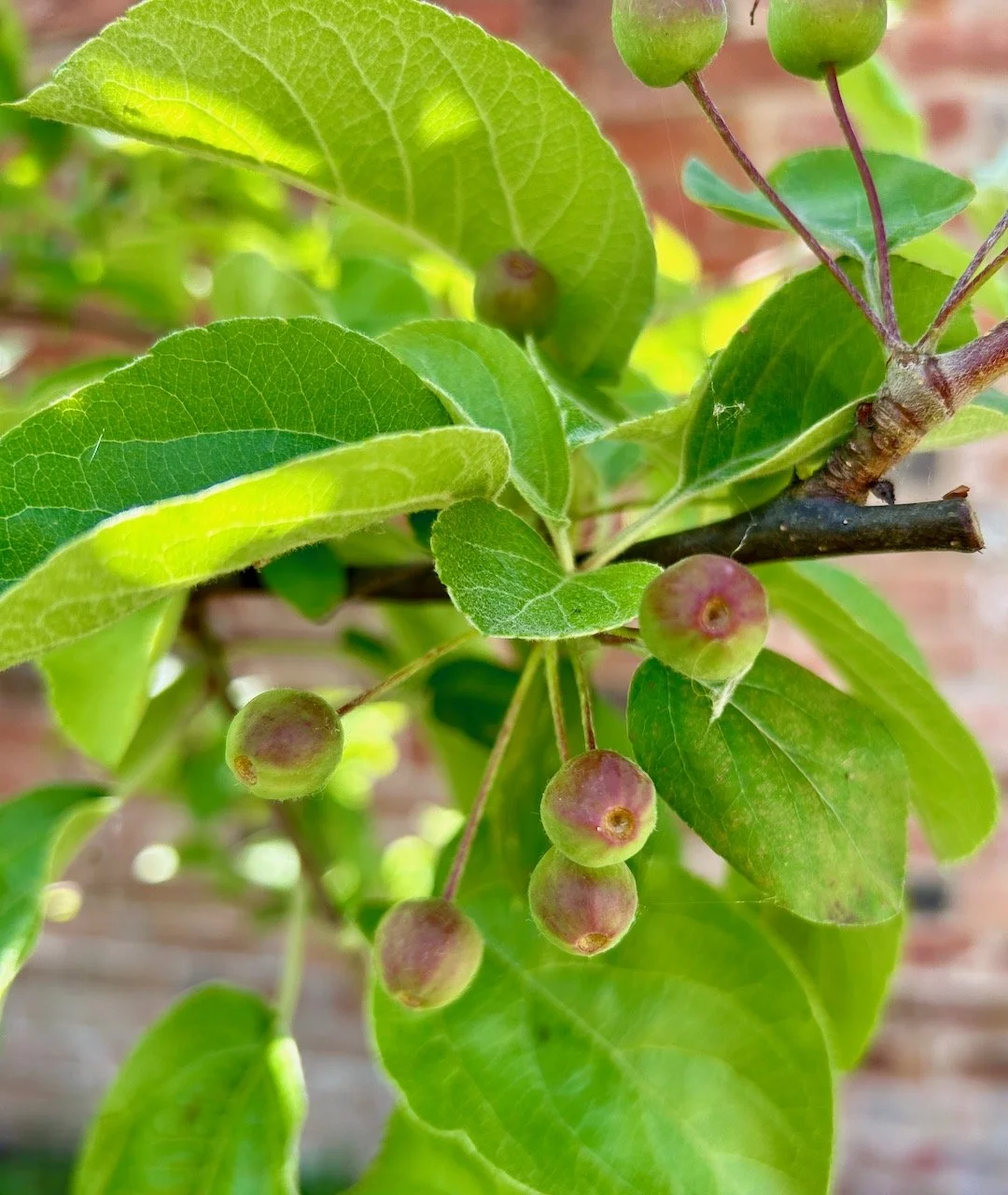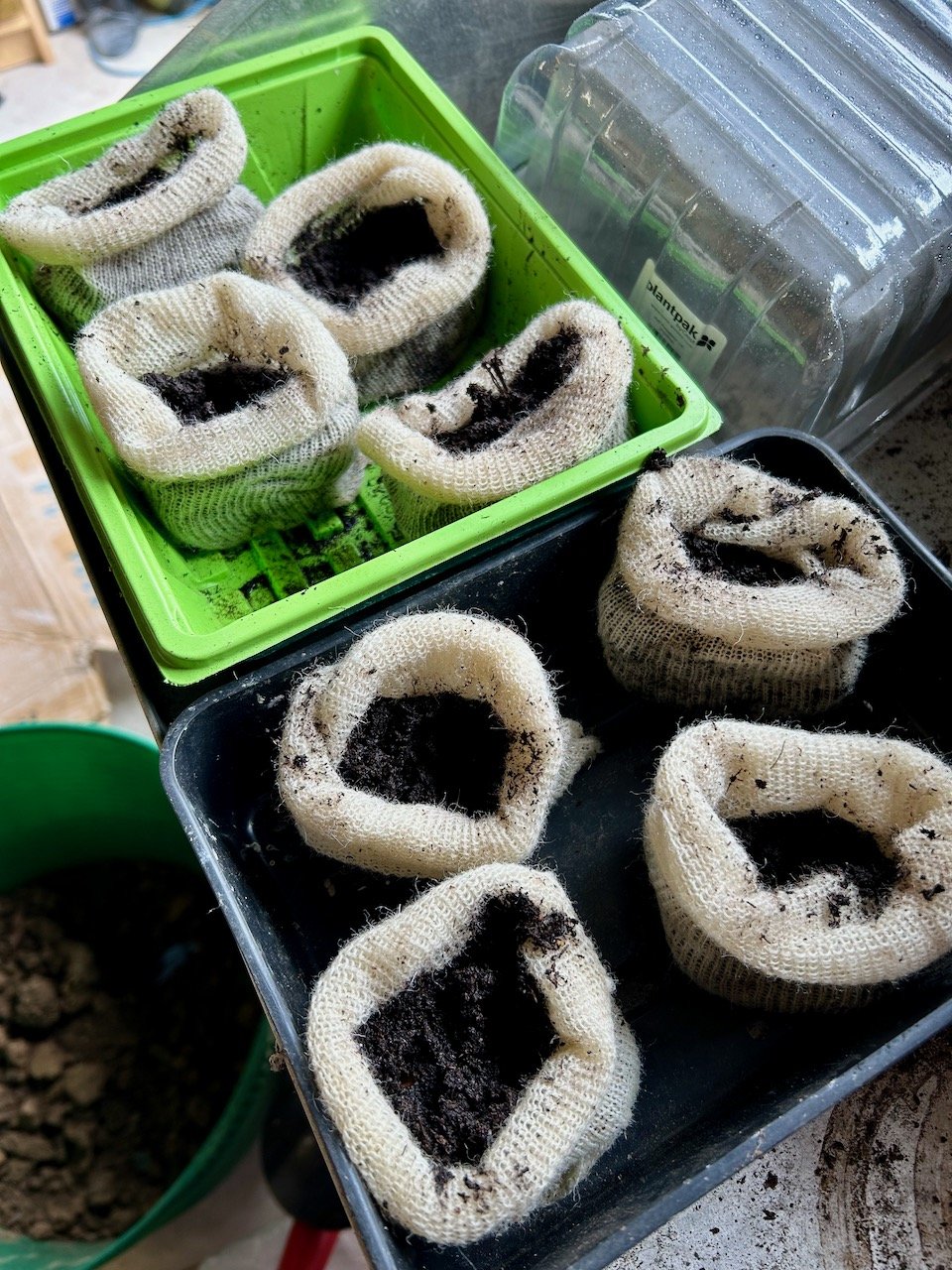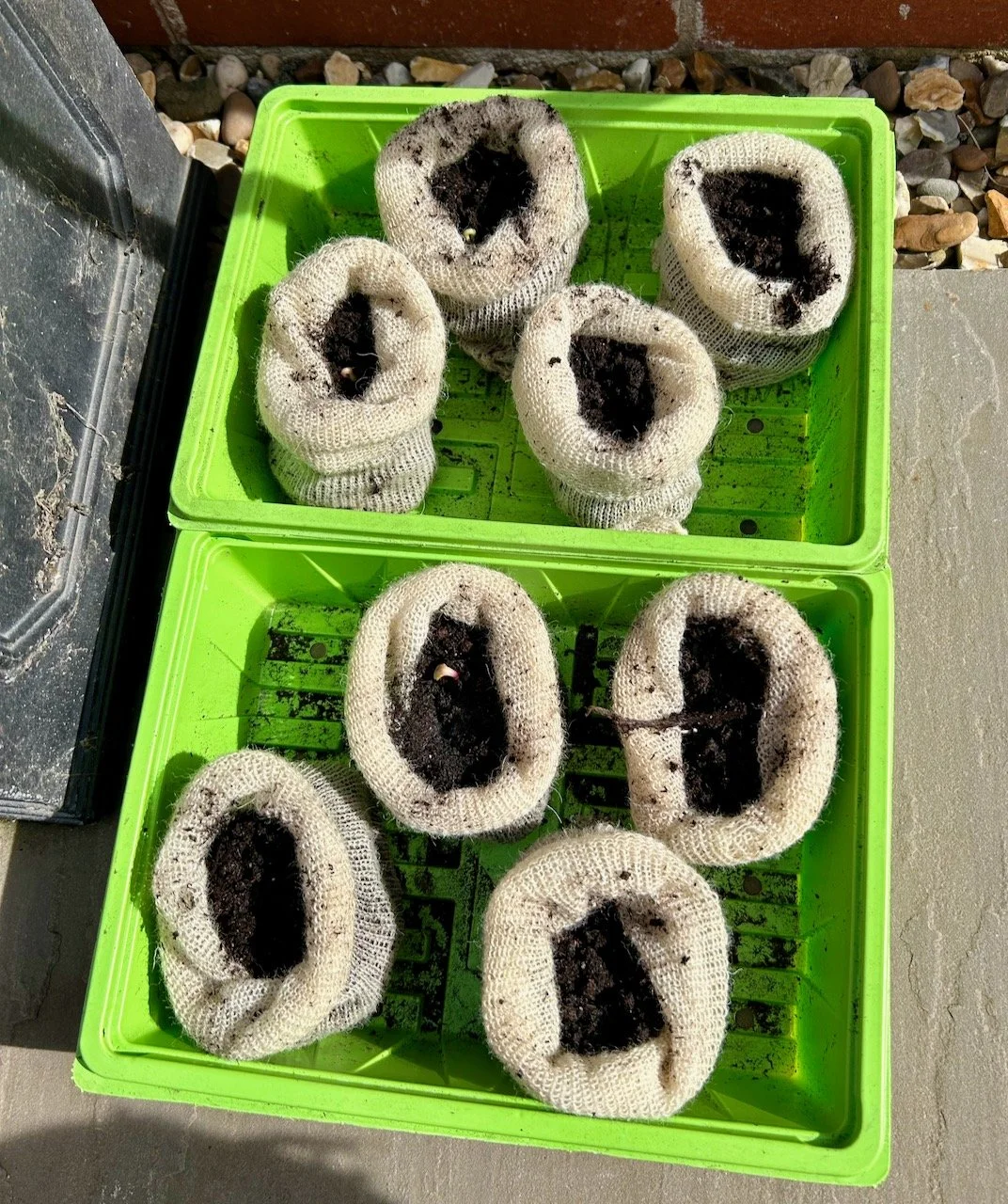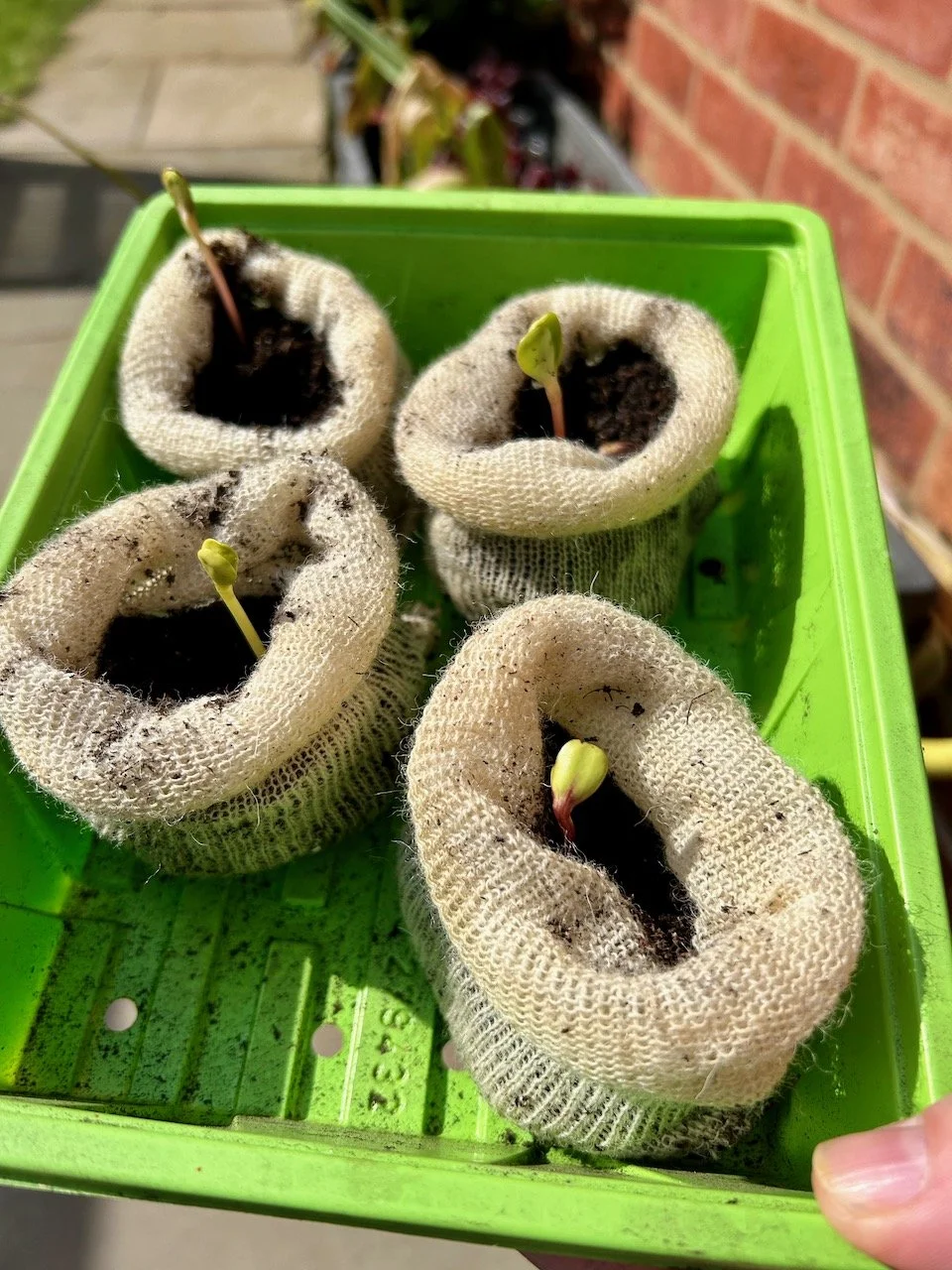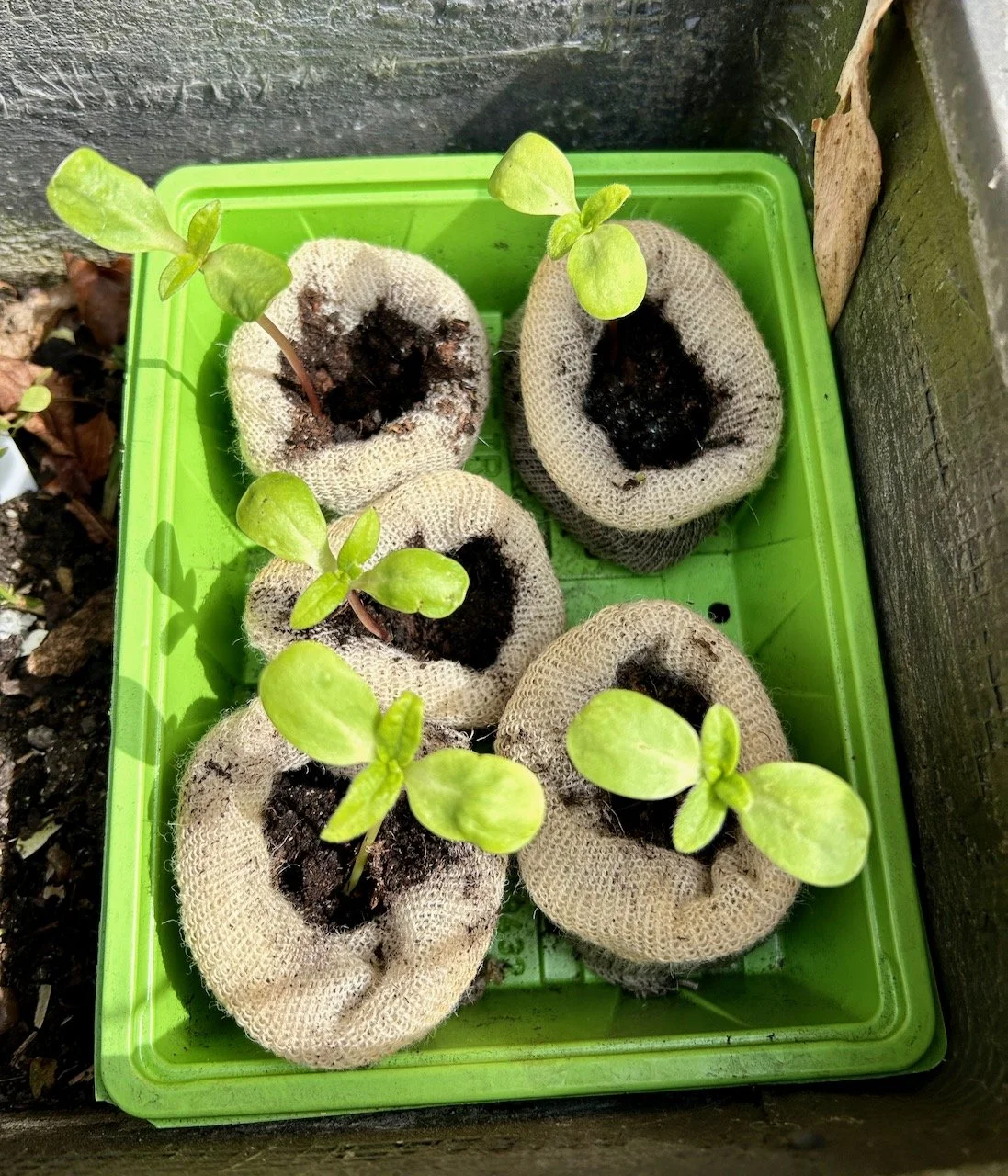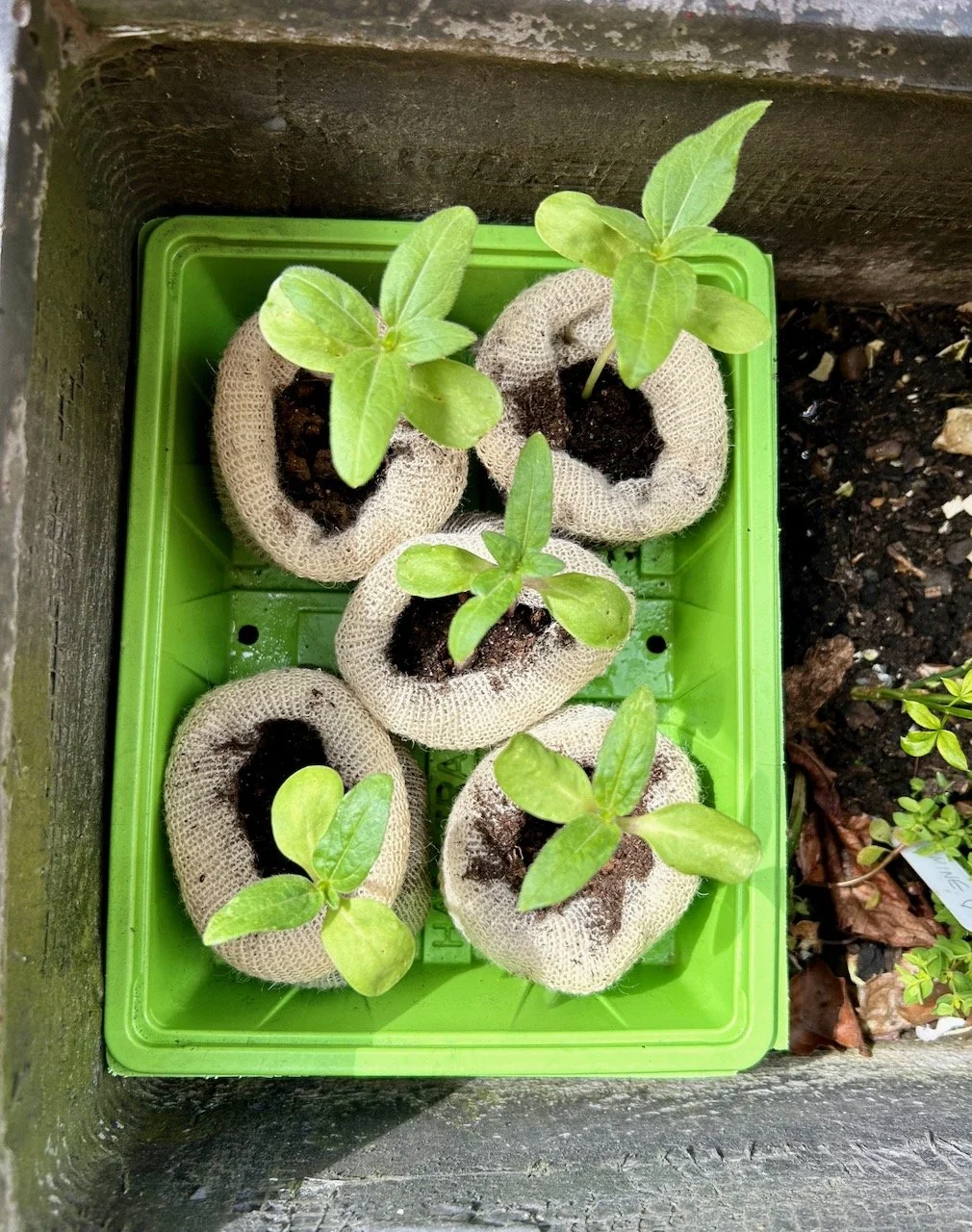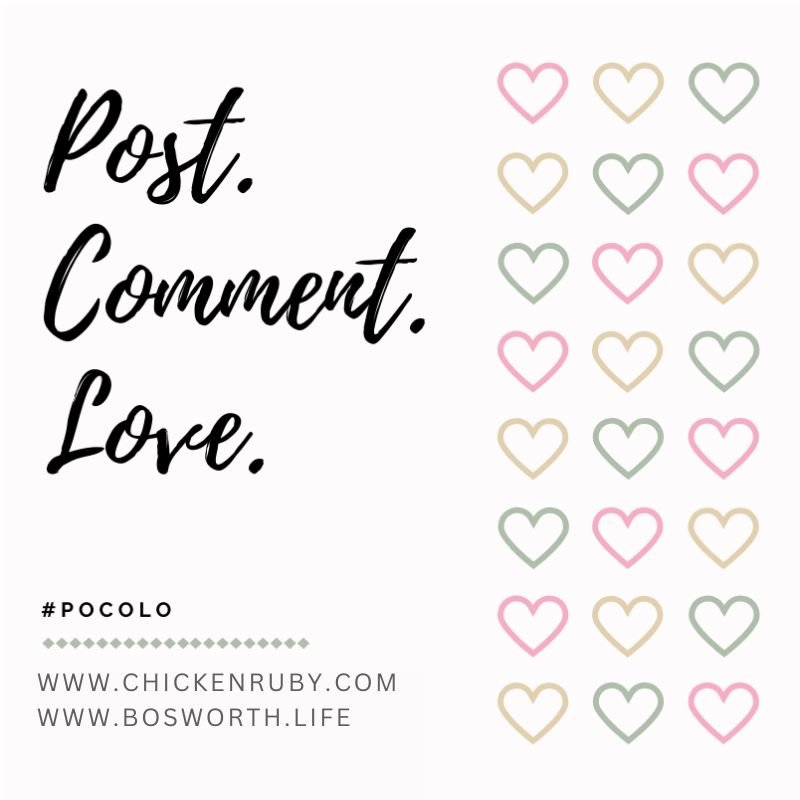* I have been invited to the press preview of Gardeners’ World Live and provided with a pair of tickets to visit the show once it opens, therefore all my posts will be marked as 'Ad’ though as usual my views and opinions are very much my own.
Last year was my first time attending the press preview event and I loved it, so when I was invited again this year there was only one answer, and that was of course yes! This year though we’re obviously not travelling to Birmingham from London, but from Nottinghamshire - and while I contemplated driving, mainly so I could fill the car with garden goodies, we have decided to go on the train instead. It’s a bit more cross country this time rather than inter city, but it’ll be fine and will most likely be quite the adventure. We loved the place we stayed at last year in Birmingham’s Jewellery Quarter (paid for, not gifted) so are returning there too.
As ever the Gardeners’ World team have an amazing line up planned for this year’s show, and my plan is to see as much of it as I can - but I know I need a plan so we can cram as much as we can into what will be an action packed couple of days.
1 Adam Frost’s Show Garden - The Chef’s Table
Adam Frost’s garden is at the top of my list - he’s a bit of a favourite of mine on the show. The garden promises ‘a large walk-through garden full of vibrant home-grown produce, a rustic outdoor cooking and eating space’ and a daily programme of conversations and demos, hosted by Adam. I’m hoping that we’ll also get a chance to catch one of those celebrity guests as James Martin and Glynn Purnell are at the show on the same day.
2 Urban Gardening Showcase Gardens
While I can no longer claim that my garden is urban, I can still admire the design skills and implementation of this space which is all about ‘inspiring town and city gardeners’ - and sponsors Blue Diamond will showcase their top 25 plants essential for any urban garden. All of these plants will be available to buy at the show, so urban garden or not it’s probably just as well I’m not taking the car!
3 ‘The Good Life’ Show Gardens
The Show Gardens are always my highlight, and this year their theme is ‘The Good Life’ - I’m already wondering how many of them will take that literally and include their take on the 1970s sitcom, and how many Tom & Barbaras and Gerry & Margots we’ll spot! I’ll be very disappointed if that tally is none.
4 Beautiful Borders
The beautiful borders are always a busy part of the show, and with good reason. It’s amazing how much these garden designers can pack into a small space, and how much inspiration there is which can be adapted. I’ve shared many of the Beautiful Borders from previous shows, and you can expect to see much more of the same in the coming months too.
5 The wheelbarrows!
I love these - and often spend way too little time admiring the work put in by local school children, so I plan to change that this year. Previous year’s themes have included the ‘Meal in a Barrow’ in 2018 and last year’s competition focused on climate change and its impact on food production around the globe.
This year the theme once again has a ‘food and climate change’ theme, so it’ll be interesting to see what is on offer this year - and I’m sure it will be as hard as always to decide on which ones to vote for.
And finally,
My Gardeners’ World Live visit wouldn’t be complete without a scout around the BBC Good Food Show - it’s a cacophony of noise, smells and tastes, and I wouldn’t miss this part at all, in fact it usually ‘fuels’ our journey home.
* With thanks to Gardeners’ World for inviting me to Gardeners’ World Live, I’m looking forward to seeing this year’s show.




